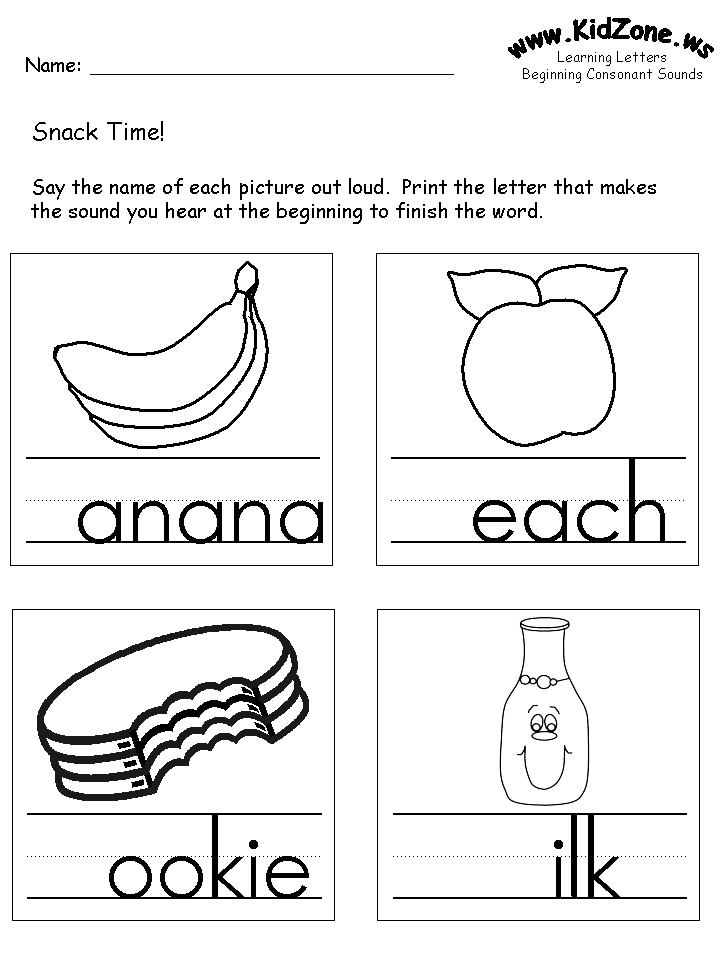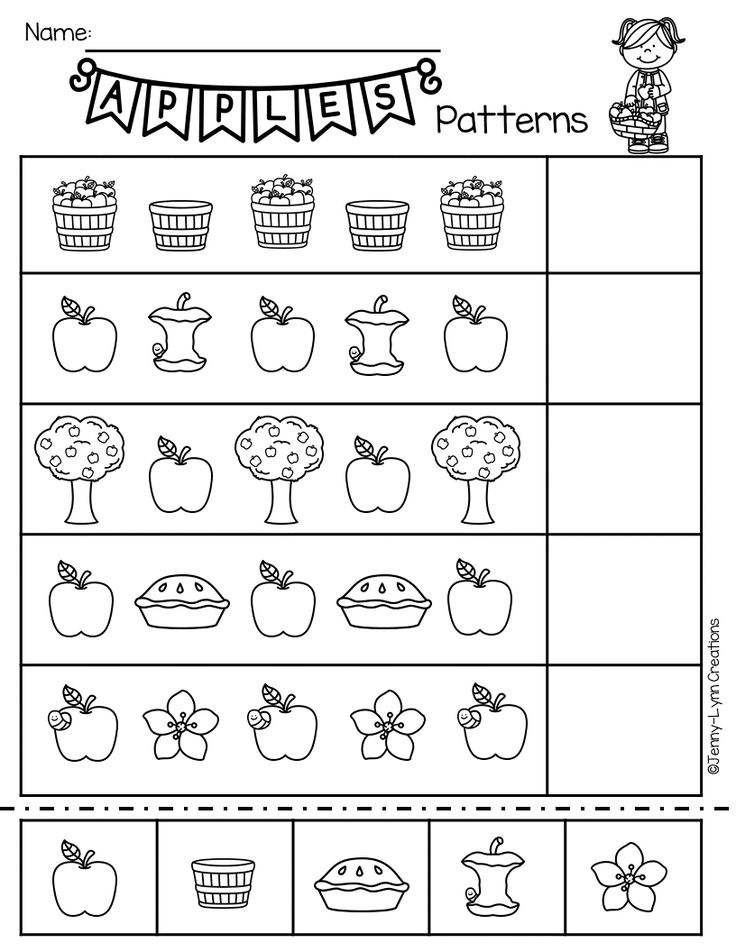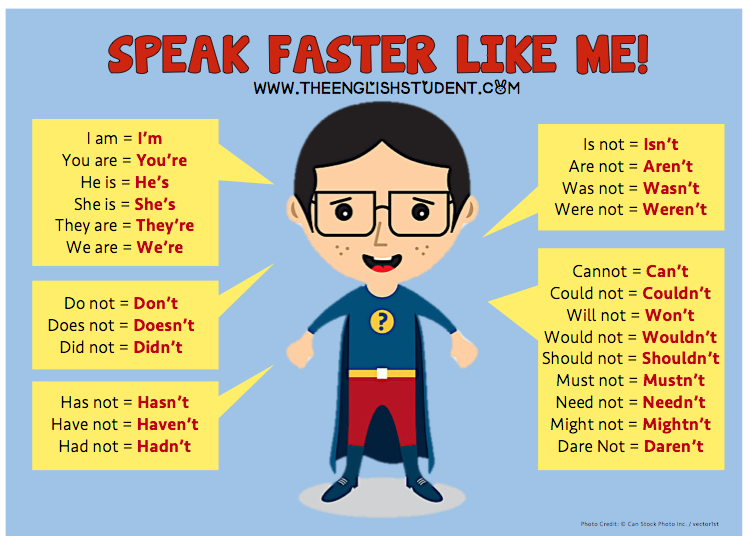Calm down techniques for kids
75 Easy and Fun Calm Down Strategies for kids (that they'll love!)
15762 shares
Table of Contents
⭐️
Free 9-page Expert Master guide⭐️>> 5 Secrets to MORE cooperation and LESS conflict with your strong-willed child (Click here to grab it)Inside: These science-backed calm down strategies for kids are easy, engaging and will help your child develop strong emotional regulation skills.
When it comes to children’s emotional development you’re going to be hard-pressed to find another skill as important (and as predictive of future success) as emotional regulation.
Due to your child’s immature nervous system and still under major construction, developing frontal cortex, it makes sense that they often lack the skills that help them to successfully manage their emotions and feelings (and if you’re being honest, I bet you’d say you’re still working on this particular ability too- even as an adult!).
One of the most helpful things you can do as a parent (and when it comes to how to raise an emotionally intelligent child) is to support your child in exploring different calm down strategies for kids that help foster your child’s emotional regulation.
You may have mistakingly assumed that these skills would appear naturally on their own, but it’s only through a lot of trial and error, repetition and teaching, that your child will develop strong Emotional regulation skills and the ability to consistently seek out healthy coping and calm down strategies when experiencing intense emotions.
(**This post contains affiliate links which allow me to make a small commission of your purchase to support our mission of raising emotionally healthy kids- thank you!)
What makes this list of calm down strategies for kids different?
You might be wondering what makes these calm down strategies for kids different than other’s you’ve tried.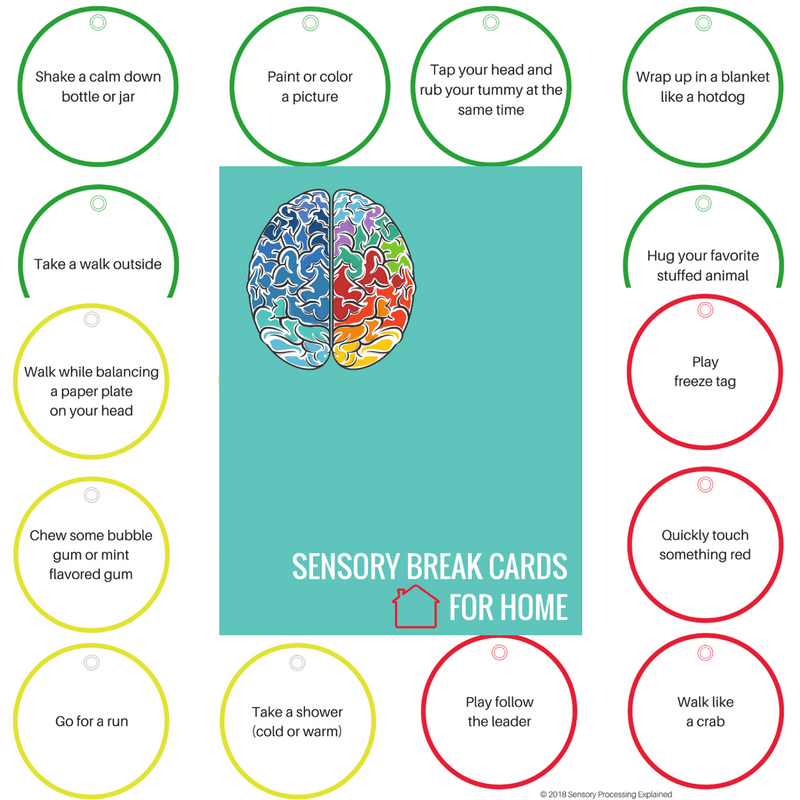 These strategies are proven effective and are research-backed because they:
These strategies are proven effective and are research-backed because they:
1) are grounded in the neuroscience of emotional regulation, or how your child’s brain functions when processing stress and intense emotion
2) include activities that utilize co-regulation, or a child’s need to have close connected support from a caregiver in order to return to a physiologically regulated state
3) focus on physical movements that provide calming and organizing sensory input to the brain and nervous system
Check out or PIN for later: Anger management for kids: A child therapist’s no Fail Secrets to Calm
75 Calm Down Strategies for Kids that they’ll love!
1. Breathe.
We have to start with this one because it’s powerful.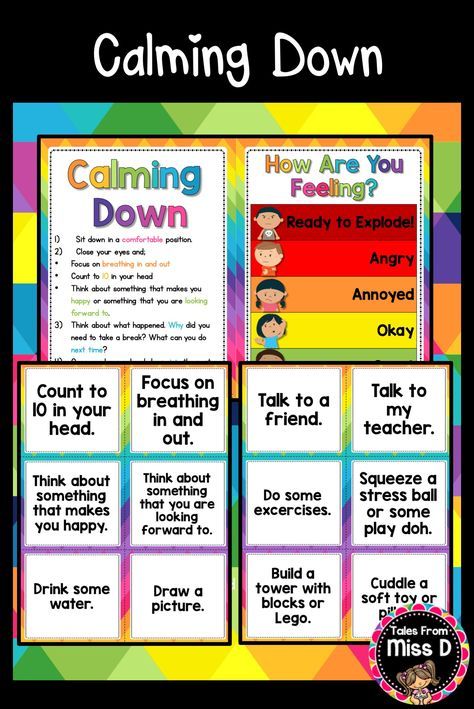 Breathing exercises for kids are the quickest and most efficient way to disengage your child’s limb system and decrease stress bodies stress response.
Breathing exercises for kids are the quickest and most efficient way to disengage your child’s limb system and decrease stress bodies stress response.
2. Cuddle with a warm compress (my kids love these cute animal ones)
3. Play/cuddle with a pet.
4. Write a letter.
Write a letter to someone you’d like to share your feelings with, or about a challenging topic or situation.
5. Breathe in a favorite scent.
Essential oils work amazingly for this! The brain’s olfactory center overlaps with areas that control emotions, so scent has a major impact on our emotions. Here are some safe, kid-friendly options we love!
6. Count your heartbeats.
7. Get wrapped up tight in a blanket like a burrito.
8. Tell a grown-up what you need.
9. Draw/color what your feelings would look like.
10.
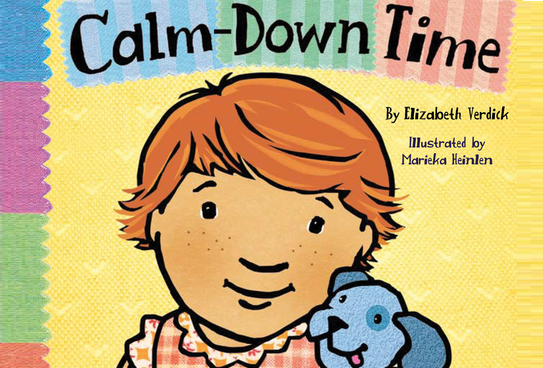 Squeeze something (these are the best squishies that don’t break!)
Squeeze something (these are the best squishies that don’t break!)The reason ‘squeeze balls’, putty, squishes work is they send the brain calming proprioceptive sensory input (from compressing the joints). Try it yourself and you’ll feel what I mean!
11. Do animal walks (bear, crab, frog jumps etc)
12. ‘Yell your anger’ into a pillow/blanket/sleeve.
13. Watch an animal.
Animal watching is a great way to teach mindfulness with kids
14. Make a fort to hide in.
15. Cuddle up with a cozy blanket.
16. Do a handstand.
Inversion (or handing upside down) is a proven technique that quickly affects the autonomic nervous system, slowing down the body’s stress response.
17. Try a short guided meditation for kids (learn more about other
mindfulness activities for kids)18. Play with water.
19. Listen to music.
20. Jump.
21. Visualize a ‘happy place’.

22. Stretch.
23. Do a downward-facing dog yoga pose (you can find more in this
yoga routine for kids)24. 5-4-3-2-1 Challenge.
Name 5 things you can see, 4 things you can hear, 3 things you can touch, 2 things you can smell, and one thing you can taste. This helps pull us into our bodies senses (which has a grounding effect), and out of our overly-activated ’emotion center’ of the brain.
25. Go outdoors.
26. Give yourself a hand massage.
27. Slow down your breathing with an
expandable ball.28. Squeeze a stuffed animal.
29. Identify your emotions (grab the flashcards in my ‘Calm Kids Set’)
30. Get in touch with nature.
Just holding something from nature or watching nature on TV has been found to produce calming effects on the brain!
31. Do wall push-ups.
32. Do a
sensory play activity.33. Ask for a hug.
34. Drink a glass of water
35.
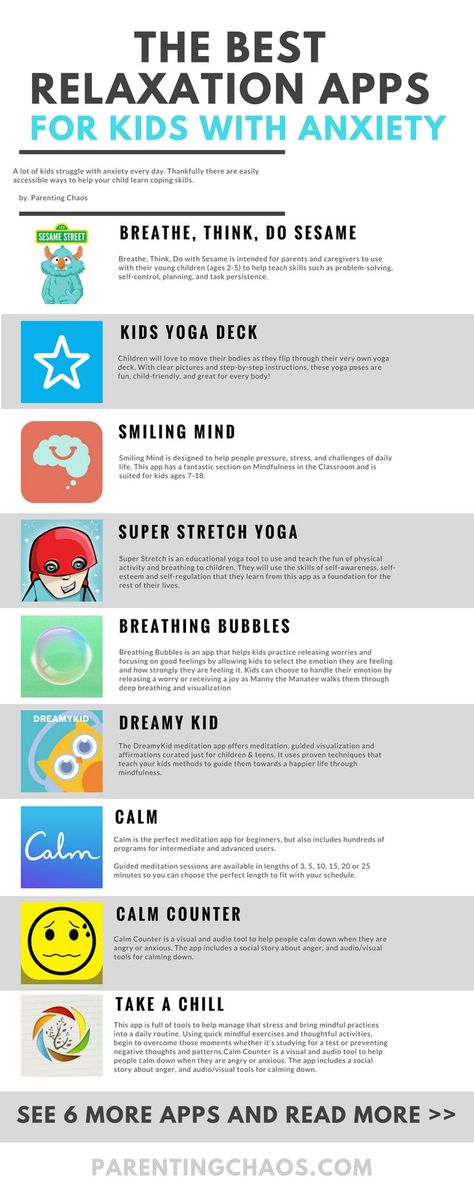 Push your palms together, hold, then release and repeat.
Push your palms together, hold, then release and repeat.This is one of the quickest, easiest and most convenient ways to give the brain calming sensory input.
36. Put on noise-canceling headphones for quiet.
37. Turn off the lights.
Related read>>> The 50 Most EPIC Anger Management Tools for Kids
38. Run/walk around the outside of the house a few times.
39. Get a back scratch.
40. Take a warm bath.
41. Read a book about emotions.
42.
Make your own fidget.43. Rock back and forth.
44. Do a ‘brain dump’ in a journal.
Related Read >>> 10 Anxiety Symptoms in Children that Most Parents Miss
45. Rip up or crumple a piece of paper.
46. Name 5 favorite things.
Focusing on gratitude will help soothe and de-activate the emotion center of the brain.
47. Chew gum or a chewy.
48. Rock yourself like a baby.
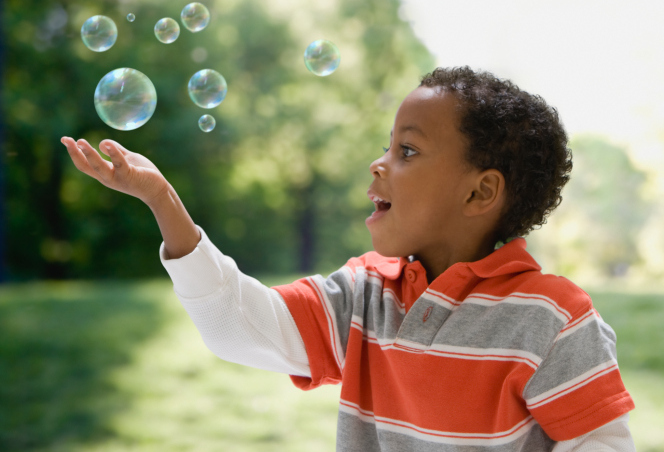
49. Cover up with a weighted blanket.
50. Color or read on your stomach.
This is referred to as ‘prone position’ and will help regulate your nervous system.
51. Go to the park.
It’s an amazing way to improve a child’s behavior and mood!
52. Watch a
bubble timer or bubble stick.53. Find a cozy space to crawl into.
54. Do 15 squats.
55. Squeeze your fists as tight as you can.
56. Count backward from 50.
57. Remind yourself it’s ok to be angry/upset/hurt etc.
58. No, seriously. Go outside!
(Here’s 40 Benefits of Outdoor Nature play for Kids)
59. Go for a bike ride.
60. Try a
yoga video on Youtube.61. Make a pillow trail and crawl over it.
62.
Learn about why it’s hard to control your emotions sometimes.63. Close your eyes and tune out the world.
64.
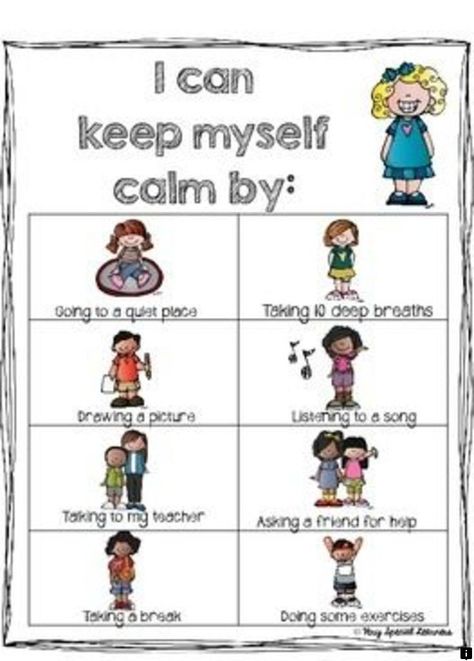 Give yourself a tight squeeze.
Give yourself a tight squeeze.65. Sit with your feelings for a few minutes and allow yourself to experience them.
It IS possible. A better-behaved child without yelling or punishments. Check out the ‘Positive Discipline Set’66. Call a friend.
67. Pray
68. Eat a crunchy snack.
69. Knit/crochet or create something with your hands.
70. Repeat
positive affirmations.71. Look at a magazine.
72. Use these
yoga cards for strong girls.73. Recite the alphabet backward.
Focusing on a specific cognitive task helps de-activate your brain’s ’emotion center (amygdala) and activate the ‘thinking center’ (frontal lobes).
74. Climb.
75. Remind yourself emotions are like waves, they come and they go.
Read or PIN: The Best Thing you can do to Help an Angry Child
Important points to remember about these calm down strategies for kids
When it comes to emotional development in children there’s no ‘one size fits all’ option.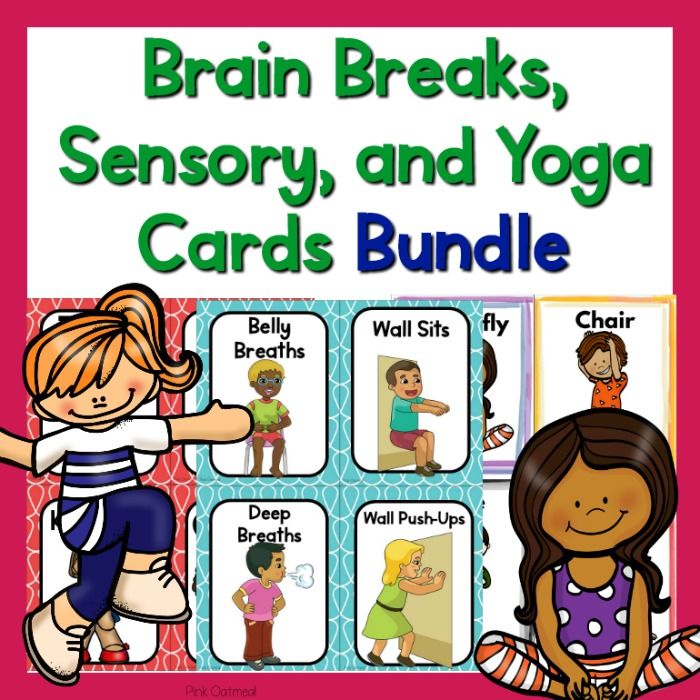
Every child will differ with what their nervous system needs to down-regulate or slow down in order to regain emotional control. Their preferences will also change with different stages of development, seasons or ages.
A large part of raising an emotionally intelligent child is helping them to understand how to take care of their brain and body when experiencing emotional intensity and this list of calm down techniques for kids will get you off to a running start!
Grab your free printable list of calming strategies!
This post comes with a free printable list of calming strategies! (It’s hard to remember 75 things (even before having kids!) so let’s make things easy)
Here’s a peek at it…
- Download the calming strategies list. You’ll get the printable, plus join 10,000+ parents who receive my weekly insights, tips, and strategies on how to raise emotionally healthy kids who will change the world, every week!
- Print.

- Place it on your refrigerator or in a centralized area (and experiment with what your child responds best to).
Click HERE to get your printable list and join!
Related articles you’d enjoy:
⭐️
Free 9-page Expert Master guide⭐️>> 5 Secrets to MORE cooperation and LESS conflict with your strong-willed child (Click here to grab)About Angela Pruess LMFT
Welcome! I’m Angela, a Licensed Children’s Mental Health Professional, Positive Parenting coach, and mom to Spirited Kids that help me learn and grow (grey hairs) every single day. I believe EVERY child deserves to live their BEST life and that emotional health is the magic key to lifelong success and happiness. Read more about me and the Parents with Confidence manifesto.
50 Calm-Down Ideas to Try with Kids of All Ages
Navigating childhood challenges can be stressful, and sometimes deep breathing isn’t the solution that works for your child.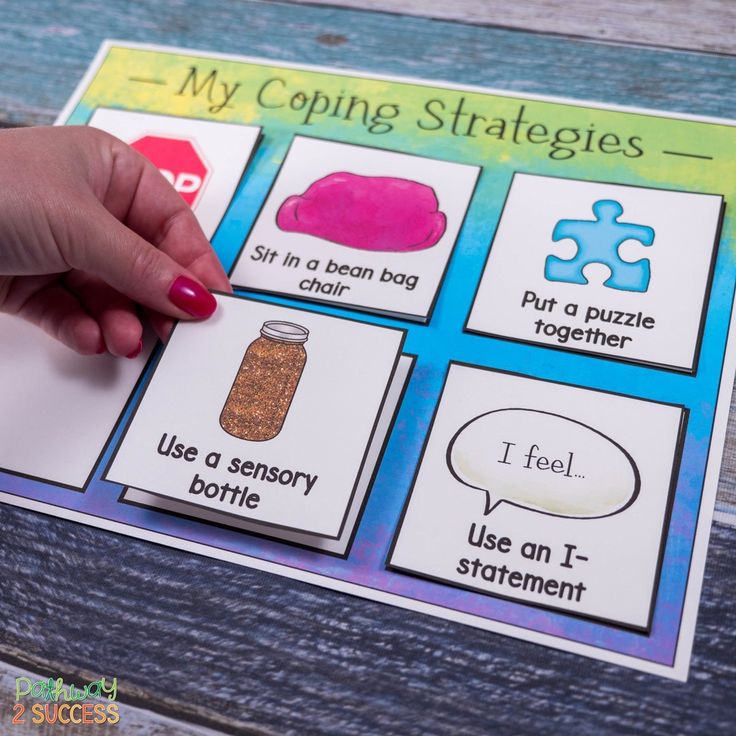 When your child is in need of tension relief, try one of these techniques:
When your child is in need of tension relief, try one of these techniques:
- Try an inversion. For centuries, Yogis have understood the calming power of bringing the head below the level of the heart, otherwise known as inversion. Whether it’s relaxing in child’s pose, bending over to touch your toes, or practicing a headstand, inverting the body has a restorative effect on the autonomic nervous system, which controls the body’s response to stress.
- Visualize a quiet place. Research has shown that visualization is beneficial for a range of populations to reduce stress levels. Ask your child to close their eyes and picture a calm, peaceful place. Then, gently guide them to slowly start to build up a picture of how it looks, smells, and feels to be there.
- Drink water. Dehydration has been linked to a reduction in mental performance. Pour your child a tall class of cold water and have them sip it slowly. You can try this with them, and observe the calming effect this has on your own nervous system.
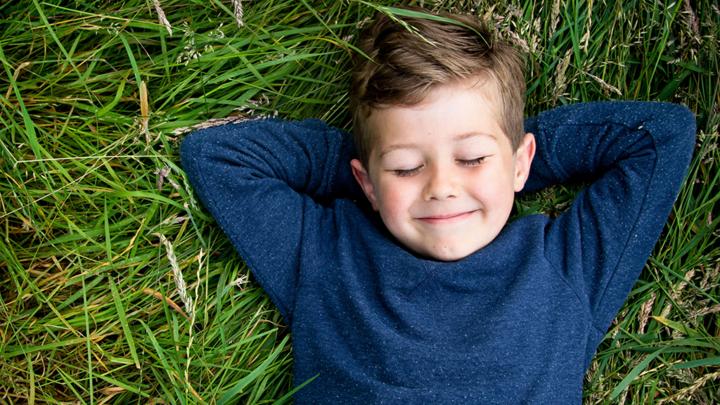
- Sing out loud. Everyone knows the sweet relief associated with rocking out to your favorite tune. But the physical act of singing out loud, even if it is off key, has been shown to release endorphins, the “feel good” chemical in the brain.
- Do the “Downward Facing Dog” pose. Just like inversions help reset the autonomic nervous system, the yoga pose known as Downward Facing Dog in particular has the added benefit of activating several muscles in the arms, legs, and core. This stretch helps muscles begin to burn additional blood glucose that is made available by the body’s fight or flight response.
- Paint it out. Not only does painting give the brain something to focus on other than the stressor, but participating in visual arts has been linked to resilience to stress in general. If the thought of dragging out the tempera gives you stress, have your child try “painting” with shaving cream on a plastic shower curtain in the yard.
 Not only is clean up a breeze, but your child will smell great when they are finished.
Not only is clean up a breeze, but your child will smell great when they are finished. - Jump rope. Set a timer for 2 minutes, put on some music, and challenge your child jump to the beat of the song. If your child isn’t able to jump rope, playing hop scotch is a great alternative.
- Jump high. Challenge your child to a jumping contest to see who can jump highest, longest, fastest, or slowest. This is another great way to get in some exercise to help your child blow off some steam.
- Blow bubbles. Just like blowing on a pinwheel, blowing bubbles can help your child gain control of their breathing and thus, their mental state. Bonus: Running around popping bubbles is just as fun as blowing them.
- Take a hot bath. After a long day at work, there is nothing more relaxing than laying in a bathtub of hot water with the lights turned down and no interruptions. The same holds true for kids. Use bath time as a chance to help your little one unwind from the activities of the day.
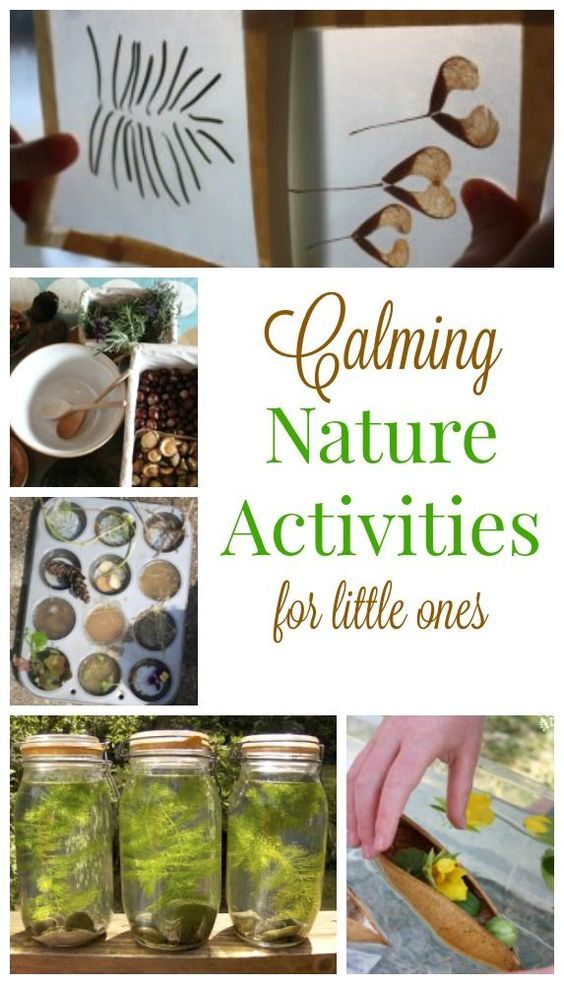 Introduce a few simple bath toys and allow your child to relax as long as they need to.
Introduce a few simple bath toys and allow your child to relax as long as they need to. - Take a cold shower. While the complete opposite of a hot bath, cold showers actually have a restorative effect on the body. Not only do cold or even cool showers reduce inflammation in the muscles, it improves heart flow back to the heart, and leads to a boost in mood. One study on winter swimmers found that tension, fatigue, depression, and negative moods all decreased with regular plunges into cold water.
- Have a cozy drink. There is a reason why many people herald September as the beginning of Pumpkin Spice Latte (PSL) season. Drinking a warm drink on a cool day makes your body feel warm, almost like a hug from the inside. Giving your child a warm hot chocolate or warmed milk with a splash of vanilla will elicit the same response you have over that first sip of your PSL.
- Blow out a candle. Light a candle for your child to blow out.
 Then re-light it and move it further and further away from them, so they have to take deeper and deeper breaths to blow it out. This is a great way to practice deep breathing, while making a game out of it.
Then re-light it and move it further and further away from them, so they have to take deeper and deeper breaths to blow it out. This is a great way to practice deep breathing, while making a game out of it. - Watch fish. Have you ever wondered why there is always a fish tank in hospitals and medical centers? The University of Exeter in the UK did, and found that watching fish swim in an aquarium reduces blood pressure and heart rate. Better yet, the larger the fish tank, the greater the effect. The next time your child needs to calm down, take them to the local lake, hatchery, or aquarium for a little fish-watching therapy.
- Count backwards from 100. Not only does counting give your child a chance to focus on something other than what is bothering them, counting backwards offers an added concentration challenge without overwhelming their brain.
- Repeat a mantra. Create a mantra that you and your child can use to help them calm down.
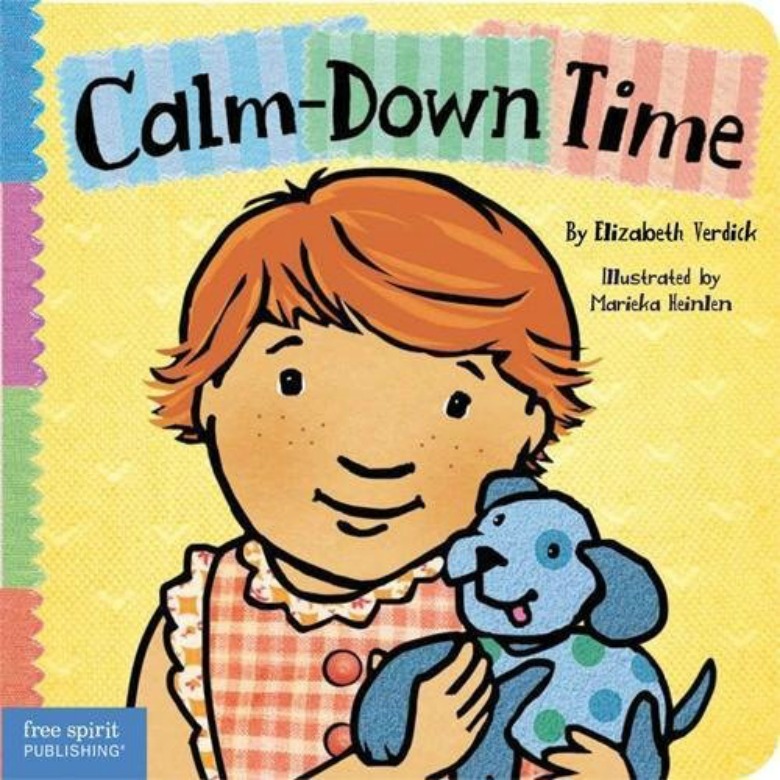 “I am calm” or “I am relaxed” work well, but feel free to get creative and make it something personal to you and your child.
“I am calm” or “I am relaxed” work well, but feel free to get creative and make it something personal to you and your child. - Breathe into your belly. Most of us breathe incorrectly, especially when we are in a stressful situation. Have your child think about their belly like it is a balloon. Tell them to breathe in deep to fill the balloon, and breathe out to deflate it. Repeat this simple process 5 times and notice the effects.
- Shake a glitter jar. “Calm Down Jars” have been making their way around Pinterest for a while now, but the concept behind them is sound. Giving your child a focal point for 3-5 minutes that is not the stressor will allow their brain and body to reset itself. These jars can be made simply from sealed canning jars filled with colored water and glitter or with baby food jars filled with warm water and glitter glue.
- Go for a run. Running has been shown to reduce stress, and can sometimes be more effective than a trip to the therapist’s office.
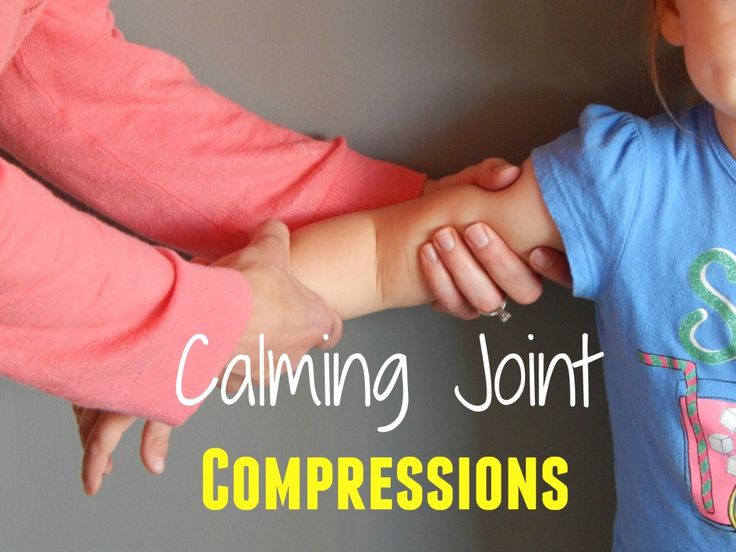 Going for a 10 minute jog can not only affect your child’s mood immediately, its effects on their ability to cope with stress can last for several hours afterward.
Going for a 10 minute jog can not only affect your child’s mood immediately, its effects on their ability to cope with stress can last for several hours afterward. - Count to 5. Just when it seems as though they “can’t take it anymore”, have your child close their eyes and count to five. This form of 5-second meditation offers the brain a chance to reset itself and be able to look at a situation from a different perspective. It also gives your child a chance to think before they act in a volatile situation.
- Talk it out. For children who are able to verbalize their feelings, talking about what is bothering them gives them a chance to let you know what is going on while processing it for themselves. The trick is to resist the urge to “fix” the problem. Your child needs you to listen and ask appropriate questions, not offer unsolicited advice.
- Write a letter in the voice of your BFF. We would never talk to our best friend in the same critical way we talk to ourselves.
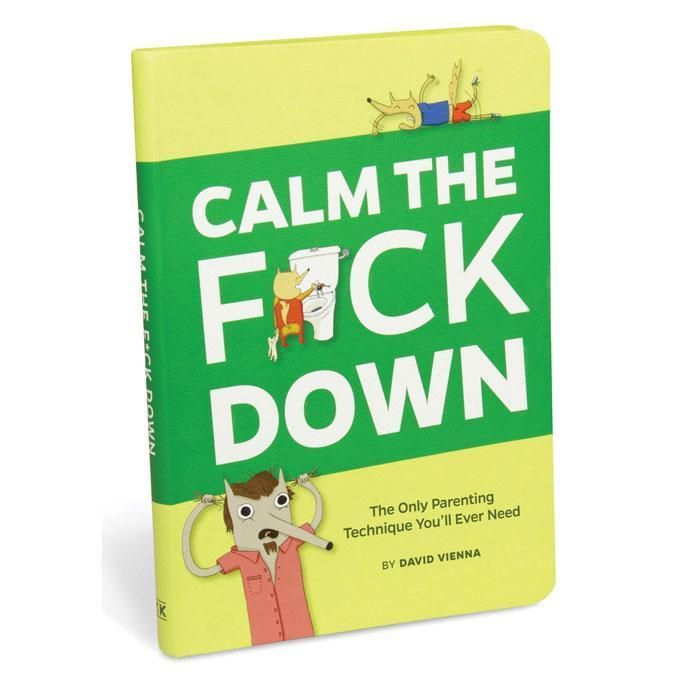 The same is true for our children. Tell them to be kind to themselves, and ask them what they would tell a best friend to do in their situation.
The same is true for our children. Tell them to be kind to themselves, and ask them what they would tell a best friend to do in their situation. - Decorate a wall. We’re not talking about paint and decor, but poster tack and pictures from magazines or printed from the internet can give your child a chance to create large-scale temporary art in any space. The creative process is what is important, not the end result.
- Create a vision board. Have your child cut out words and pictures from magazines that speak to their interests, desires, and dreams. Then have them glue these pictures and words onto a poster board to display in their room. Not only does the process of creation allow them to think about what they want from life, displaying things they love gives them an opportunity to focus on what is really important when they are upset.
- Give or get a bear hug. Hugging allows your body to produce oxytocin, a naturally occurring hormone in your body necessary for immune system function.
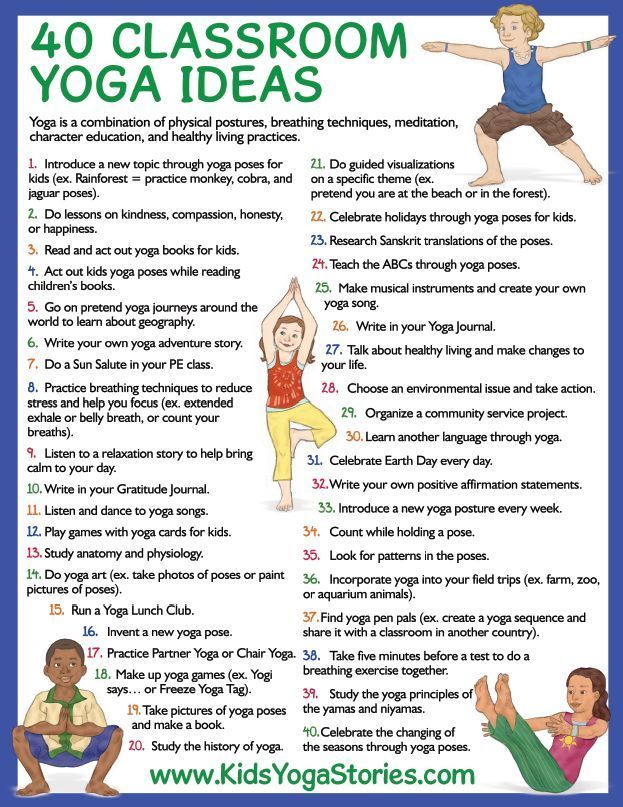 Not only does a 20 second hug reduce blood pressure, increase feelings of well-being, and reduce the harmful physical effects of stress, both you and your child will reap the benefits!
Not only does a 20 second hug reduce blood pressure, increase feelings of well-being, and reduce the harmful physical effects of stress, both you and your child will reap the benefits! - Walk in nature. According to Stanford scientists, walking in nature has been proven to improve cognition and reduce stress. Even if you do not have time to spend the 50 minutes researchers did, taking a 15 minute walk in nature works can be just what your child needs.
- Envision your best self. This is a great way to motivate your child to work toward a goal. Have them write down where they would like to see themselves in a week, a month, or a year, with this specific goal in mind.
- Blow on a pinwheel. Similar to the candle exercise, blowing on a pinwheel focuses more on controlled exhalation rather than deep inhalation. Tell your child to make the pinwheel go slow, then fast, then slow to show them how they can vary the rate at which they blow out the air in their lungs.
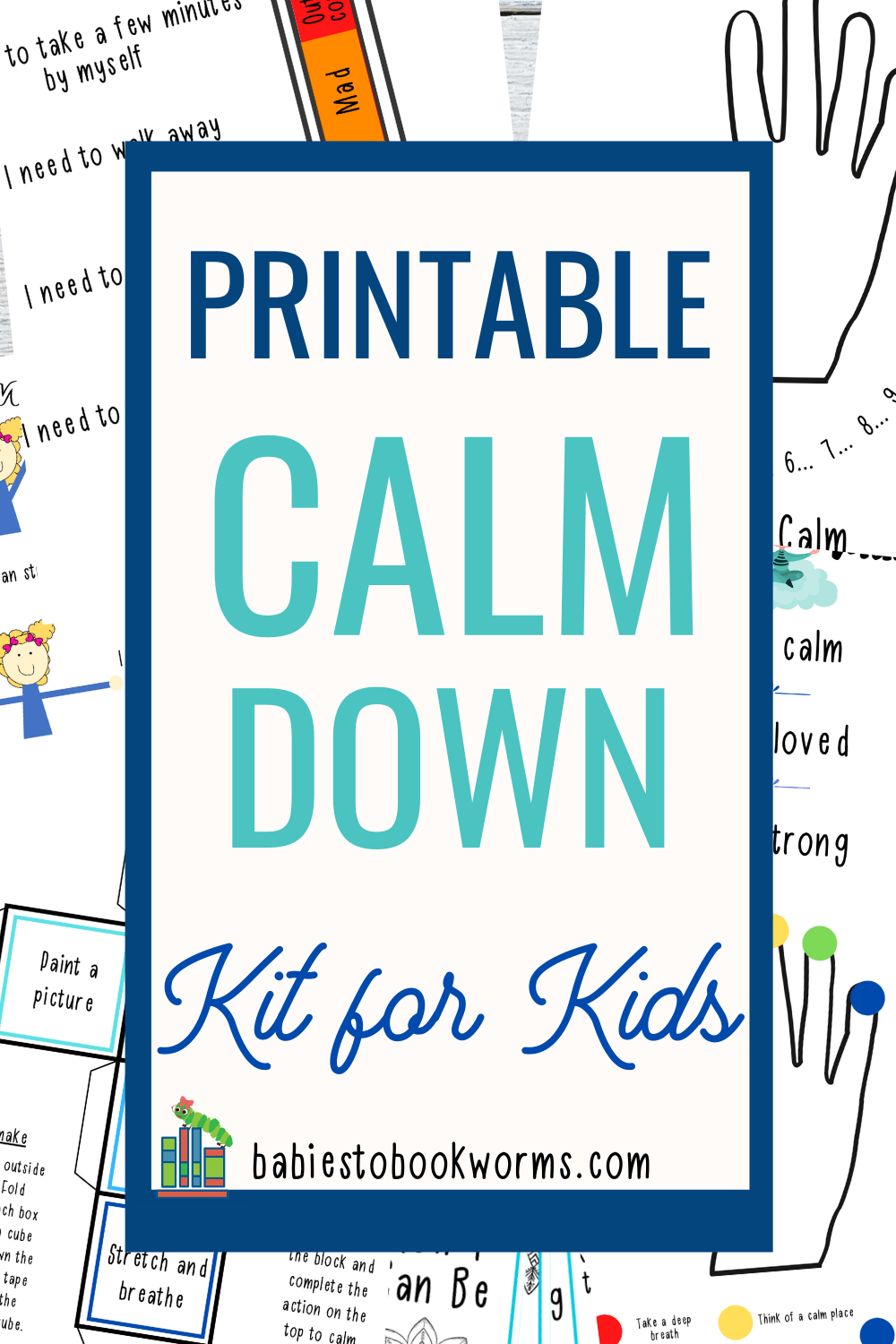
- Squish some putty. When a child plays with putty, the brain’s electrical impulses begin firing away from the areas associated with stress. Try a store bought putty or make your own.
- Take up pottery. Much in the way playing with putty fires electrical impulses in your child’s brain, sculpting with clay or throwing pots can have a similar effect. It also has the added benefit of being considered “active learning”, a powerful condition that allows your child to learn through exploration.
- Write it out. For older children, journaling, or writing their feelings down can have a profound effect on their mood, especially if they can do so without the fear of having it read. Give your child a notebook to keep in a safe place, and allow them to write about how they feel, assuring them you will not read it unless they ask you to.
- Gratitude, gratitude, gratitude. A cousin to “write it out”, gratitude journaling has been linked to better performance in the classroom as well as a reduction of stress outside of learning environments.
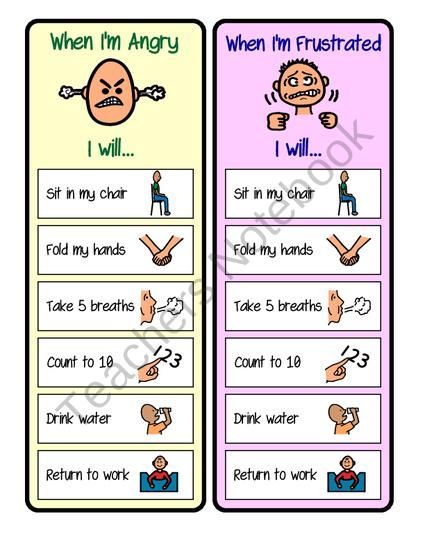 Having a separate notebook only for things your child is grateful for will give them the freedom to keep their journaling activities separate.
Having a separate notebook only for things your child is grateful for will give them the freedom to keep their journaling activities separate. - Name your emotion. Often when children become overwhelmed, it is because they have difficulty identifying the negative thoughts they are having. Whether your child is quick to anger, panic, or obsess to ensure things are perfect, ask them to give this feeling a name, and help them talk back to it. For instance, by asking your child, “is Mr. Perfect bothering you again?” you can work together to help them challenge their perfectionism, rather than fight them over it.
- Rock in a rocking chair. Not only does rocking in a rocking chair provide non-weight bearing strengthening to the knees and core, its repetitive nature offers stress-relief as well. Rock in a rocking chair with your child or allow them to rock by themselves as a way to self-soothe their frenzied emotions.
- Push against a wall.
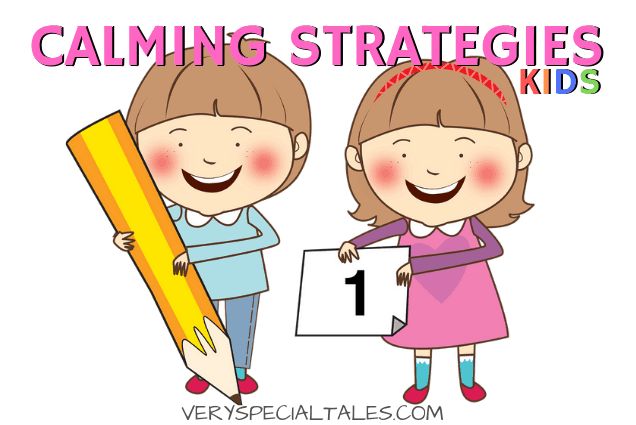 This trick is perfect for allowing the body to get rid of stress hormones without having to go outside or even leave the room. Have your child try to push the wall over for 10 seconds, 3 times. This process allows the muscles to contract in a futile attempt to bring the wall down, then relax, releasing feel-good hormones into the body.
This trick is perfect for allowing the body to get rid of stress hormones without having to go outside or even leave the room. Have your child try to push the wall over for 10 seconds, 3 times. This process allows the muscles to contract in a futile attempt to bring the wall down, then relax, releasing feel-good hormones into the body. - Crinkle tissue paper. Babies are inherently aware of this trick as one of their favorite things to do is crinkle paper. Not only does crinkling tissue paper provide a satisfying noise, the textural changes in your child’s hand sends sensory feedback to the brain in a pathway away from those associated with stress.
- Pop bubble wrap. Anyone who has received a package in the mail knows the joy of popping row after row of bubble wrap. The same material can be found at most retailers and dollar stores and be cut into manageable pieces for stress-relief anywhere, anytime.
- Roll a tennis ball on your back.
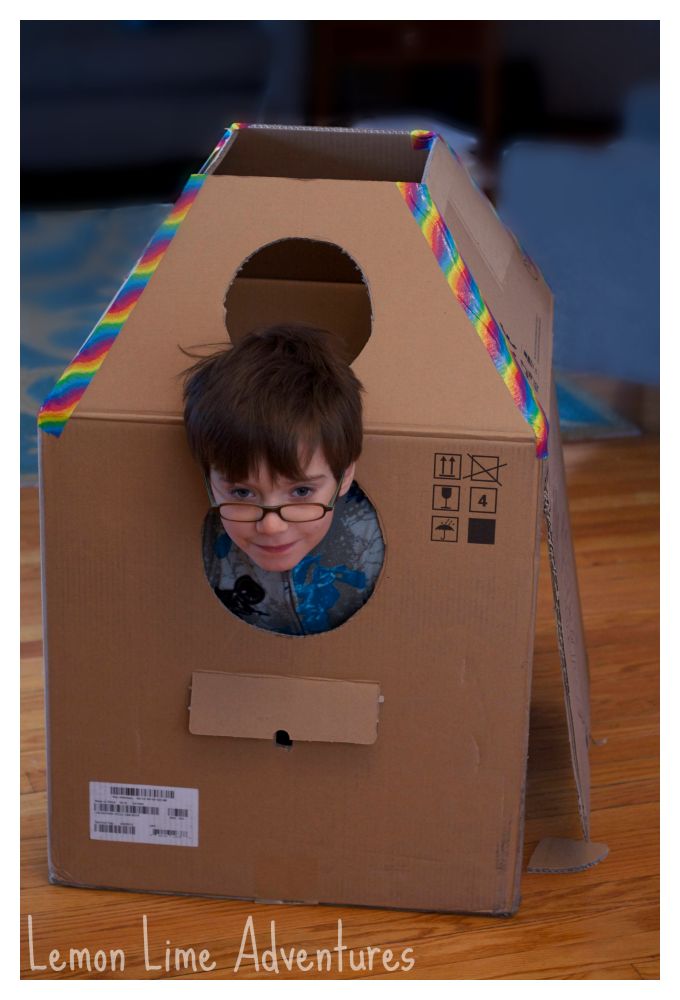 An old physical therapy trick, rolling a tennis ball on your child’s back will give them a gentle massage when they are most in need of a calming touch. Focus on the shoulders, neck, and lower back as these are typical places where the body holds tension.
An old physical therapy trick, rolling a tennis ball on your child’s back will give them a gentle massage when they are most in need of a calming touch. Focus on the shoulders, neck, and lower back as these are typical places where the body holds tension. - Roll a golf ball under your feet. Rolling a golf ball under your child’s feet can not only improve circulation, but there are pressure points on the bottom of the feet that relieve stress and relax the muscles of the feet and legs. Roll over the entire sole of your child’s foot using various pressures for maximum benefit.
- Go to your calm down space. Having a designated “Calm Down Space” in your home gives children an opportunity to retreat when they feel out of control and rejoin the group when they need to. It is important to make this space comfortable so your child wants to visit it when they are in need of a self-imposed “time out”.
- Play music. Music has a profound effect on mood, sleep, stress, and anxiety.
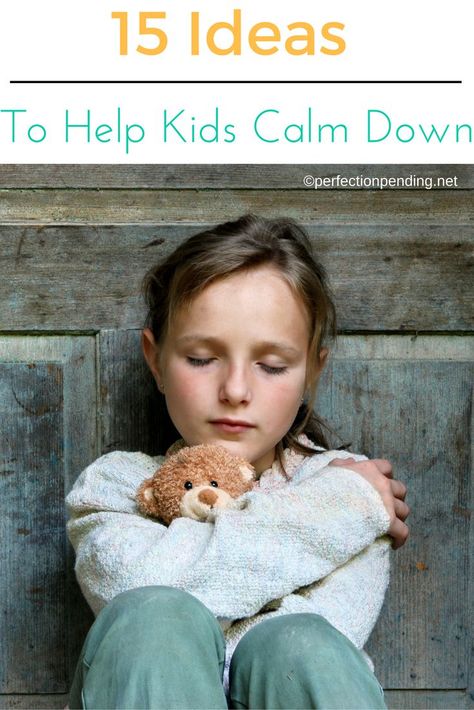 Use a variety of musical styles to set the tone in your home, car, or your child’s room.
Use a variety of musical styles to set the tone in your home, car, or your child’s room. - Have a dance party. Adding a physical component to your musical enjoyment gets your kids moving and is a fun way to be active. Crank up the tunes and have a dance party in your living room when your child is in a bad mood and watch their mood transform.
- Do a primal yell. Sometimes all of your child’s emotions are simply too much to contain in their body. Have them stand with their feet shoulder width apart and imagine their feelings boiling up from their toes through their legs and body, and out of their mouths. They don’t have to yell words, or even maintain a certain pitch, just whatever comes out that feels good to them.
- Change the scenery. How many times have we thought to ourselves, “Just walk away,” when confronted by a big emotion? Your child may simply need a change of scenery in order to calm down. If you are inside, head out.
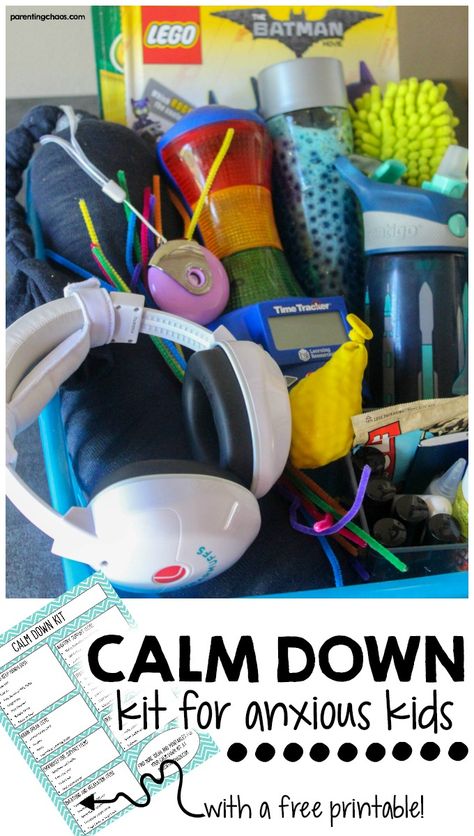 If you are outside, find a quiet space indoors. Either way, change the scenery and you will likely change the mood.
If you are outside, find a quiet space indoors. Either way, change the scenery and you will likely change the mood. - Go for a walk. There’s a real reason people go for walks to clear their heads. Not only is the fresh air and exercise restorative, but the natural rhythm walking creates has a self-soothing quality. Take your child on a walk, and they may even open up to your about what is on their mind.
- Plan a fun activity. When you are in an anxious moment, it can seem as though the walls are closing in and the world will come to an end. Some children need to focus on what is ahead of them in order to reset their internal dialog. Plan something fun to do as a family, and let your child have a say in it. Any topic that will get them focused on a future something to look forward to can be helpful.
- Knead the bread. Grandmothers around the world will tell you that the process of bread making is a tremendous stress relief.
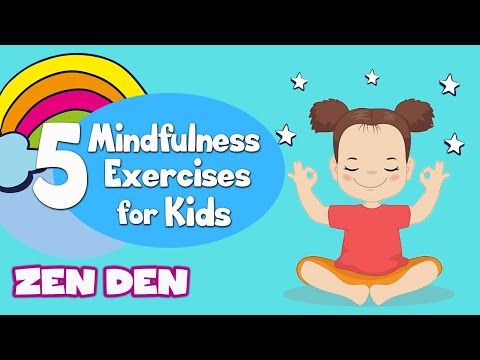 Simple recipes are abundant online that allow your child to get their hands dirty turning and pushing dough. The best part is that at the end, you have homemade bread to show for it!
Simple recipes are abundant online that allow your child to get their hands dirty turning and pushing dough. The best part is that at the end, you have homemade bread to show for it! - Make a bracelet. Crafting in general can facilitate a state of “flow” or a state characterized by complete absorption in an activity. The same concept can be extended to knitting, crochet, folding laundry, or any activity where your child forgets their external surroundings.
- Get on a bike. Bicycling for children has largely become a thing of the past. With the introduction of bicycle lanes and paved trails in urban areas, bicycling is safer than ever and can be a powerful form of self-soothing. Not only is it easy on the joints, it promotes balance, exercise, and can be done with the whole family.
- Take a coloring break. It’s not without good reason that restaurants give children coloring; it gives them something to focus on, and can be a great mindfulness activity that reduces anxiety.
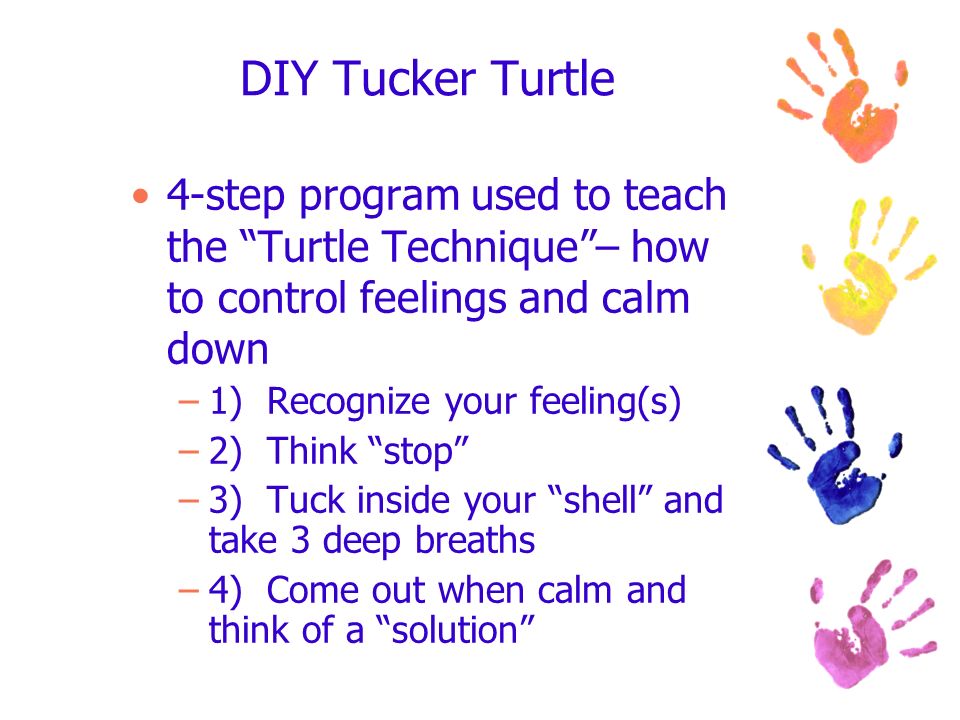 Make a trip with your child to pick up some crayons and markers, and get them excited about filling in the pages of a coloring book.
Make a trip with your child to pick up some crayons and markers, and get them excited about filling in the pages of a coloring book.
Sign up for our weekly newsletter and never miss another post - plus get valuable FREE resources each week!
Send me resources!
Previous
Social Anxiety: 5 Proven Methods for Boosting Confidence
7 Things Every Parent of an Anxious Teen Should Try
Next
How to calm a child quickly - Lifehacker
October 9, 2019LikbezAdvice
Lifehacker has collected only working methods for different ages.
Share
0How to soothe a newborn
1. Pick up, hold to your chest
A universal method that works for children of all ages and even adults. Hugs soothe, give a sense of security, convince you that you are not alone in this harsh and terrible world. They also increase the production of the hormone oxytocin (not for nothing it is sometimes called the “cuddle hormone”), which increases the level of satisfaction with life and reduces pain.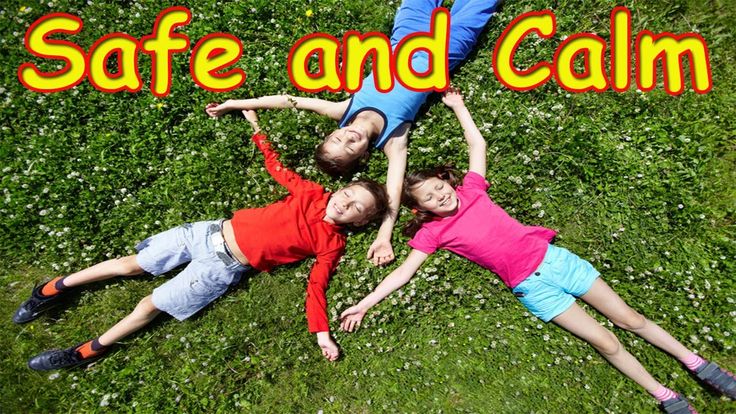
In general, take the baby in your arms, remembering to support the head at the back of the head with the palm of your hand, and press it to you. The crying, if it doesn't stop immediately, will surely become quieter. And there, before the child calms down, not far.
2. Swaddle or, conversely, unswrap
Newborns still have strong physical memories of the time when they were in their mother's stomach. Therefore, perhaps the child needs to feel that he is in a safe, restrictive cocoon. Swaddle him.
Another option (if crying has already begun in diapers) is to free the baby's arms and legs from the fabric. Maybe he's wrapped too tight and feels uncomfortable.
3. Give a breast, bottle or pacifier
Even if the baby is not hungry, suckling will help him calm down.
4. Rock your baby to white noise
Ideal if you have a white noise generator. Then just turn it on and rock your baby to these soothing sounds.
However, if there is no special device at hand, it does not matter. Use the old grandmother's method. Take the child in your arms, rock him rhythmically and quietly hiss over his ear in a monotone: "Sh-sh-sh-sh."
Use the old grandmother's method. Take the child in your arms, rock him rhythmically and quietly hiss over his ear in a monotone: "Sh-sh-sh-sh."
5. Use Dr. Hamilton's 5-Second Technique
The video that California pediatrician Robert Hamilton posted on YouTube has already garnered over 36 million views. And no wonder - it contains an almost magical way to instantly soothe a crying baby.
“My parents have asked me a million times to share this recipe,” the pediatrician himself explained the appearance of the video. Robert Hamilton has been a pediatrician in Santa Monica, California for 30 years, and the method he describes is the culmination of years of experience.
Hamilton calls the proposed technique "holding." It consists of only four steps, the implementation of which can be put in literally 5 seconds.
- Take the baby in your arms and cross his arms over your chest.
- Press the crossed arms with your left palm against his chest and lay the child on the same palm - at an angle of 45 degrees to the floor.
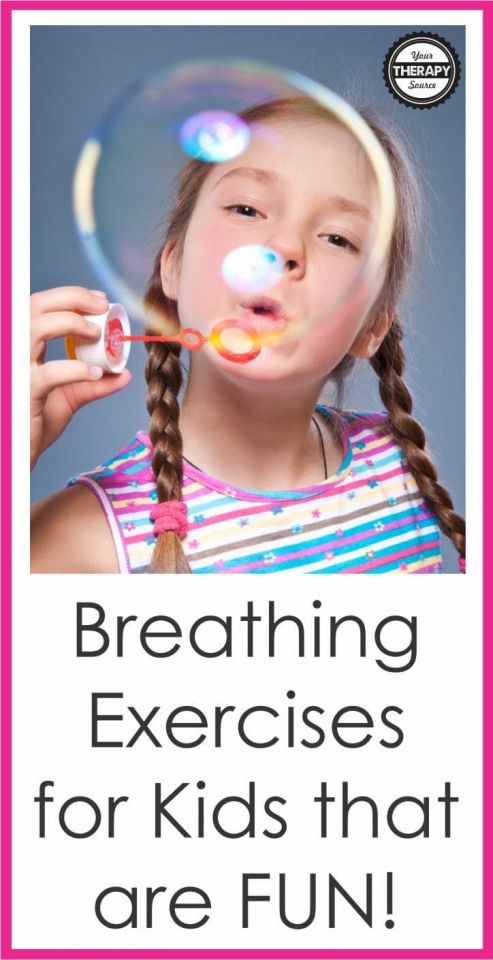 Hold the chin with the fingers of the same left hand so that the head does not fall.
Hold the chin with the fingers of the same left hand so that the head does not fall. - Support the newborn under the diaper with your right hand.
- While holding the child at a 45 degree angle, gently rock him. It can be up and down or side to side. Choose the most comfortable option for you. The main thing is that the movements are soft and smooth. Literally after a couple of seconds, the baby will be silent.
Watch Dr. Hamilton's video for details:
Pediatrician warns: This technique is suitable for babies under 3 months of age. Later, they become too heavy to hold safely in this position.
And one more note. If the child does not calm down, then there are serious reasons for crying. Perhaps the baby is hungry, he is hot, or maybe he just has a wet diaper. Help a newborn get rid of physical discomfort, and he will give you a long-awaited smile and silence.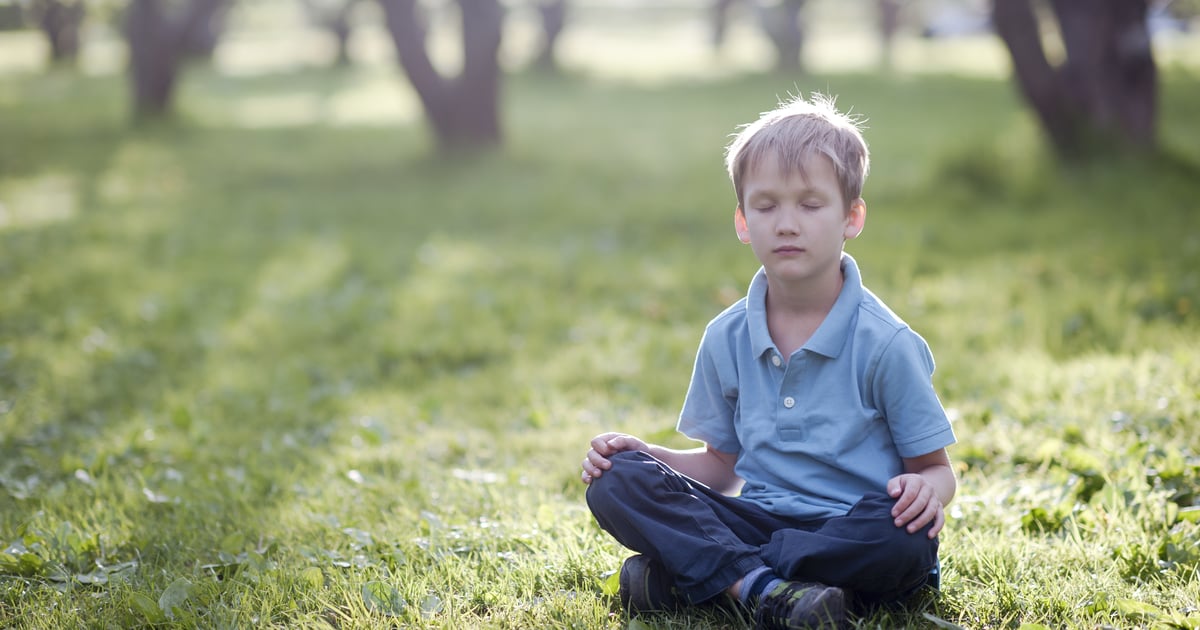
How to calm a child from 4 months to a year
By this time the baby is strong and begins to realize himself, so simple physical methods are no longer so effective. To calm the child, you have to connect the fantasy. But let's start with the classics.
1. Pick up
Again, this option is suitable for all ages. Use it as often as possible. While hugging the child to you, whisper something soothing to him in a gentle soft voice.
2. Shift your attention
Pick up the child and walk to the window with an enthusiastic voice saying something like “Wow, look at that big dump truck!” or “Look what a cute fluffy cat in the yard!”. Turn on the cartoon TV. Put on your favorite children's songs and start dancing with your baby in your arms.
Your goal is to shift the baby's attention from the situation that disturbed him and caused him to cry, to something new and interesting.
3. Replace emotional activity with physical activity
Take the child under the arms and let him jump on the bed. Or do some gymnastics. Or throw in the air (low). The need to concentrate in order to coordinate muscle activity will cause the infant to stop crying.
Or do some gymnastics. Or throw in the air (low). The need to concentrate in order to coordinate muscle activity will cause the infant to stop crying.
Attention! This method is not suitable if there is even the slightest suspicion that the crying is caused by a fall or pain.
4. Turn crying into something funny
For example, tickle a child. Or take his toy and set up a little puppet show. Speak for her in a funny theatrical voice: “Oh, who is crying here? Hush, hush, I'm afraid! - and hide it behind your back. The goal is to make the baby smile. Children's crying, if you try, easily enough turns into laughter.
How to calm a child from one to 3-4 years old
At this age, most children already understand adults well, know how and like to communicate. This is the basis of the most effective methods of calming.
1. Pick up and sympathize
Hold a crying child close to you, say something like “You are crying. You must be upset about something.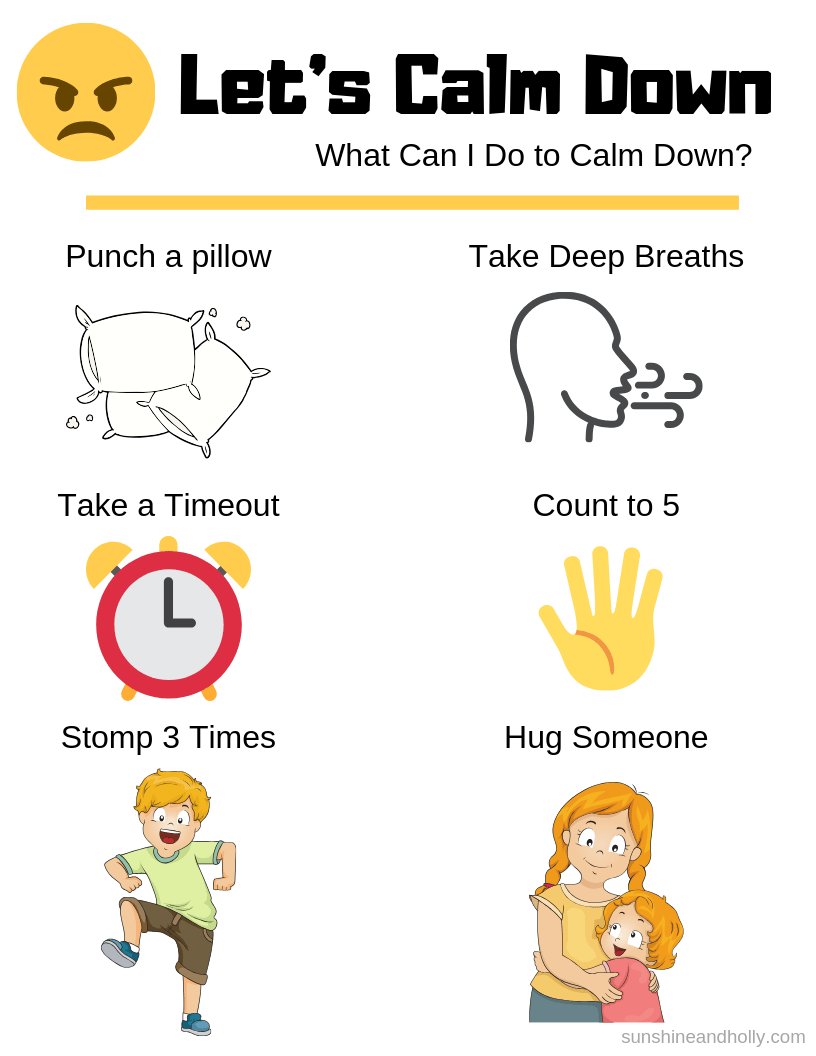 Tell me what happened, how can I help you? He will most likely tell you what is bothering him. This will help solve the problem of crying.
Tell me what happened, how can I help you? He will most likely tell you what is bothering him. This will help solve the problem of crying.
2. Be mindful
Ask your baby to cry more quietly (for example, so as not to wake up a resting mother) or in a lower voice, “like a bear”. If he obeys, you win. Crying will turn into conscious vocal exercises, from which the child will quickly get tired.
3. Remind me of an important task worth putting off crying for.
It might look like this: “Come on, you will cry later, otherwise it will soon become dark and if you cry for a long time, we will not have time to take a walk.” Thus, you do not deprive the child of the right to tears. Just ask to be rescheduled for a more convenient time.
4. Find a way to vent the child's bursting emotions
Offer him, for example, a pillow: "Let's not cry, we will beat her!" And together with the child, start knocking on a soft thing with your fists. You can also give an inflatable hammer or offer to throw plastic balls at the wall.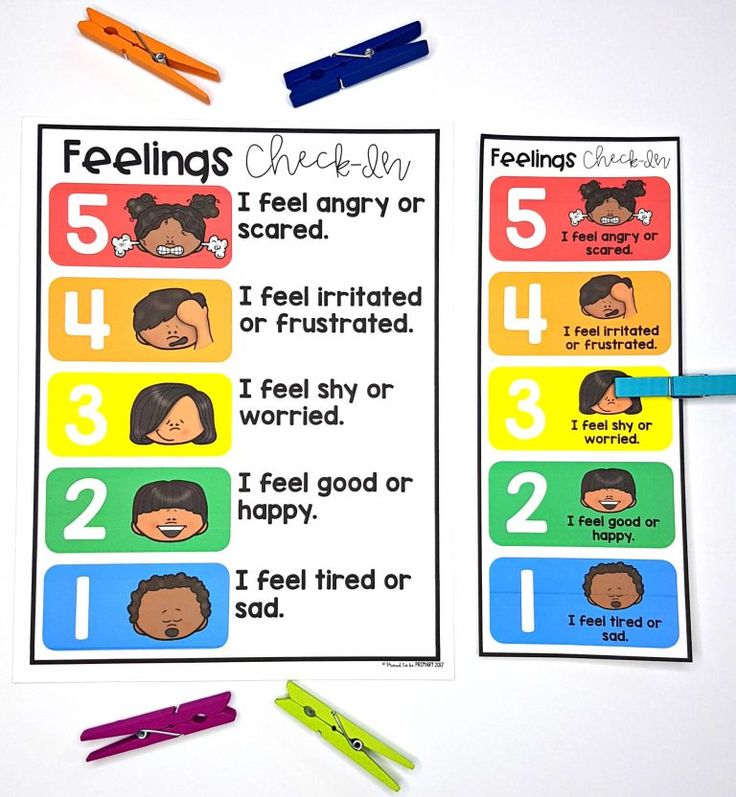 Any kind of activity that will help get rid of negativity will do.
Any kind of activity that will help get rid of negativity will do.
5. Create a funny ritual
For example, as soon as a child starts crying, run for a hair dryer to dry the tears immediately. “So, where is our hair dryer, where did I lose it? Oh, let's blow on the cat? This will help to switch children's attention and, perhaps, even make the child laugh.
6. Come up with “bad mood pills”
These can be bear-shaped jelly gummies, chocolate dragees, any other small sweetness. "Who's crying here? We urgently call an ambulance, she brings us pills from a bad mood! Eat and your tears will dry!” The basic rules for this: there must be one “pill”, and if the child refuses it, this time it will no longer be offered.
How to calm a child 3-4 years old and older
By this age, children are already full-fledged individuals. And the reasons for their tears are much more diverse than those of babies. Each of them must be worked on individually. Fortunately, the child can already clearly voice what exactly made him cry, and this makes the task easier.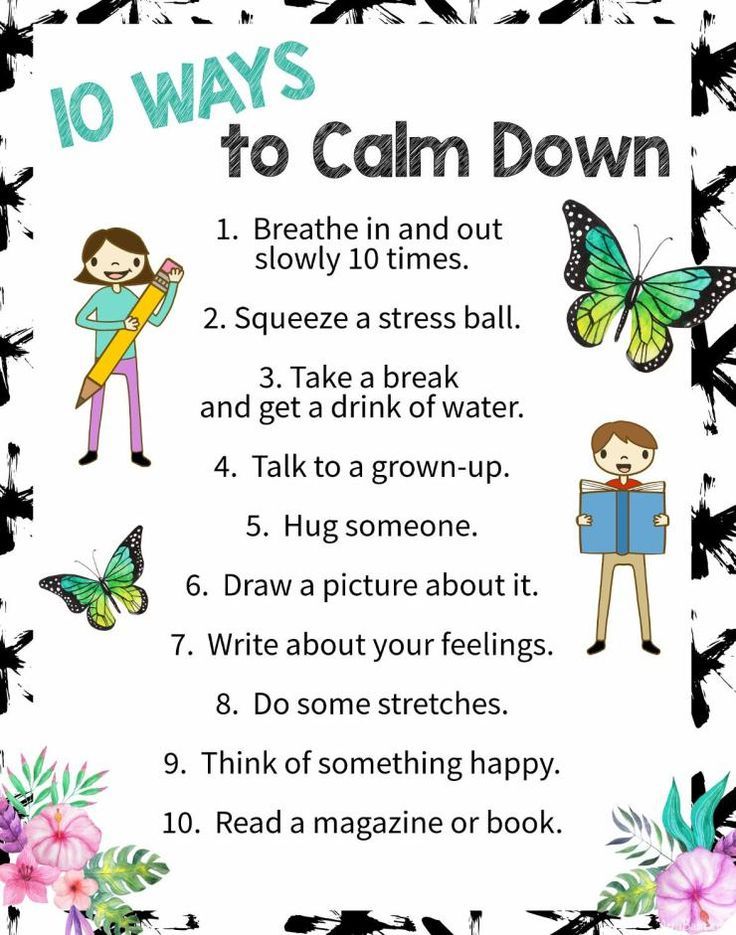
Only one thing remains unchanged: to pick up, hug, kiss, say how much you love the child and how much you sympathize with him. Empathy and support help people pull themselves together at any age - from 4 years old, and at 15, and at 45.
Read also 👶😭🌼
- 3 phrases to say instead of "Don't worry"
- What to do if your child's ear hurts
- TEST: Can you trust a child?
- How to put your child to bed without tantrums: 7 tips for parents
- What to do if the child has a temperature of
Breathing exercises for a child - GBDOU Kindergarten No. 17 of the combined type of the Primorsky district of St. Petersburg relief. With regular performance of such gymnastics, colds will bypass your child!
Breathing exercises - these exercises are simply necessary for children who quite often suffer from colds, bronchitis, recovering from pneumonia, children suffering from bronchial asthma. Respiratory gymnastics perfectly complements any treatment (medication, homeopathic, physiotherapy), develops the still imperfect respiratory system of the child, strengthens the body's defenses.
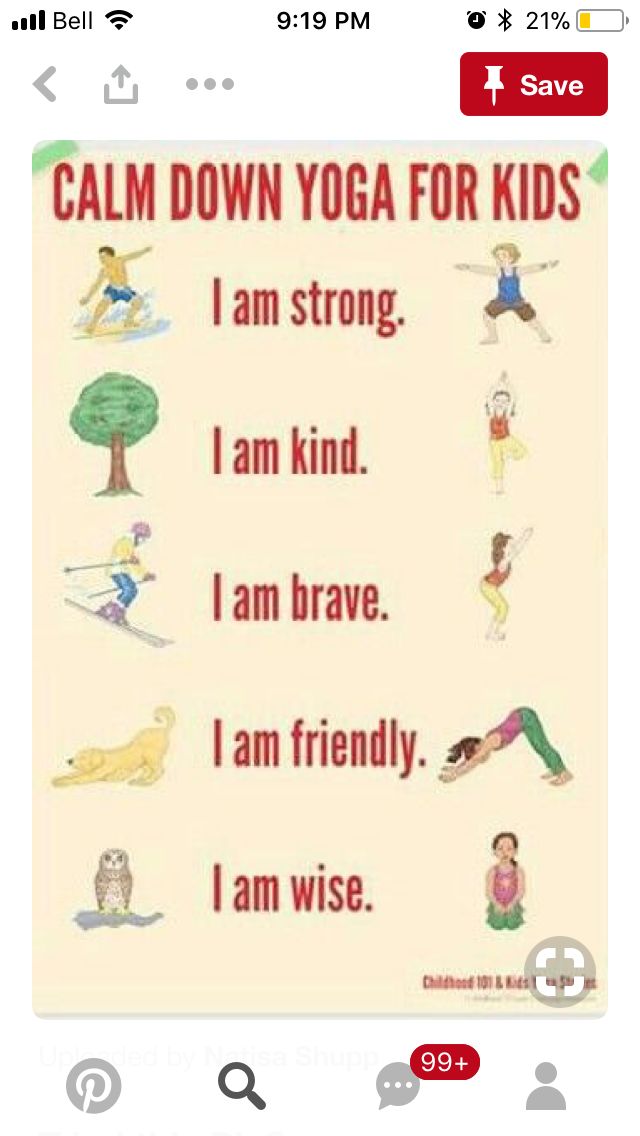
Proper breathing.
Another necessary condition for proper development, good growth is the ability to breathe correctly. A child can easily be taught how to breathe properly. Nine out of ten children do not breathe correctly and for this reason feel bad. A child who does not know how to breathe properly can be recognized immediately: narrow shoulders, weak chest, open mouth, nervous movements.
The essence of breathing is to let air into the lungs and oxygenate the blood in the pulmonary alveoli. Breathing is divided into two acts: inhalation, during which the chest expands and air enters the lungs; and exhale - the chest returns to its usual volume, the lungs contract and push out the air in them.
Your task is to teach the child how to clear the lungs well. If he does not exhale completely, then a fair amount of spoiled air remains in the depths of the lungs, and the blood receives little oxygen. By teaching your child to breathe through the nose, you will help him get rid of frequent colds, flu, sore throats, etc.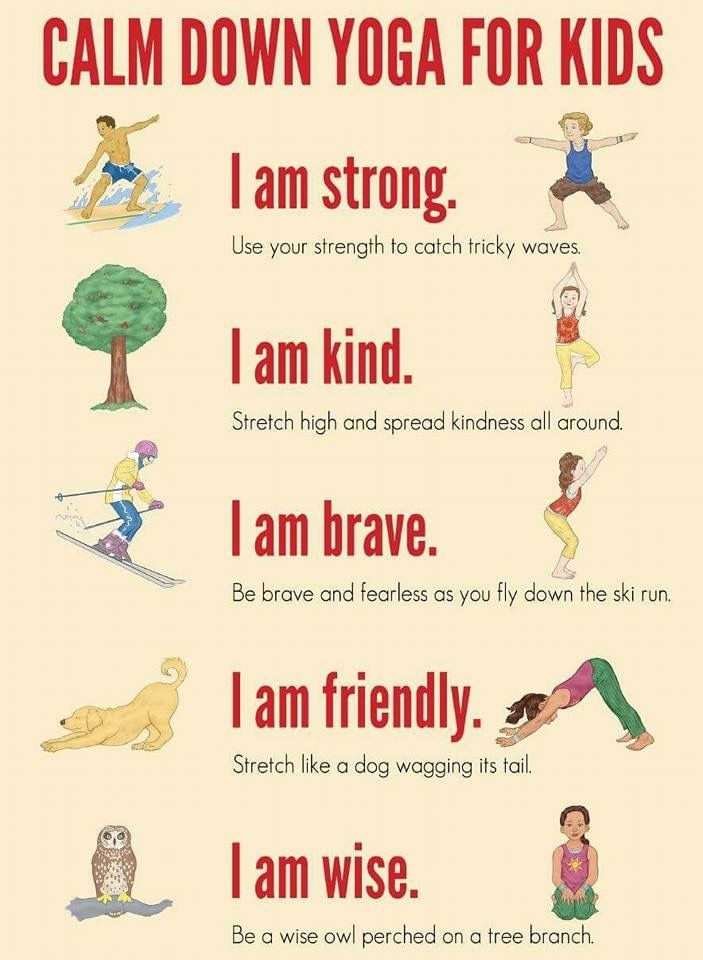
It is necessary to accustom the child to full breathing, so that he expands the chest and develops the muscles of the abdomen. Show how to draw in the stomach during breathing, making it flat and sunken.
To understand what breathing is, the game with a rose and a dandelion will help. Let him smell the flower (mouth closed, nostrils turned). Many children sniff rather than sniff. Help me feel the difference. Then let him blow on the dandelion: first with his mouth, so that he sees how the grains scatter, then with his nose (alternately pressing one nostril to the bridge of the nose, then the other).
You can continue the game: make the paper windmill spin, blow out the candle. These exercises are also performed alternately (mouth and nose). Soap bubbles are a lot of fun for children - also a useful activity for developing proper breathing.
During a walk in the park, outside the city, in the forest, by the river, show how you can feel the wonderful taste of clean air by slowly inhaling it through your nose.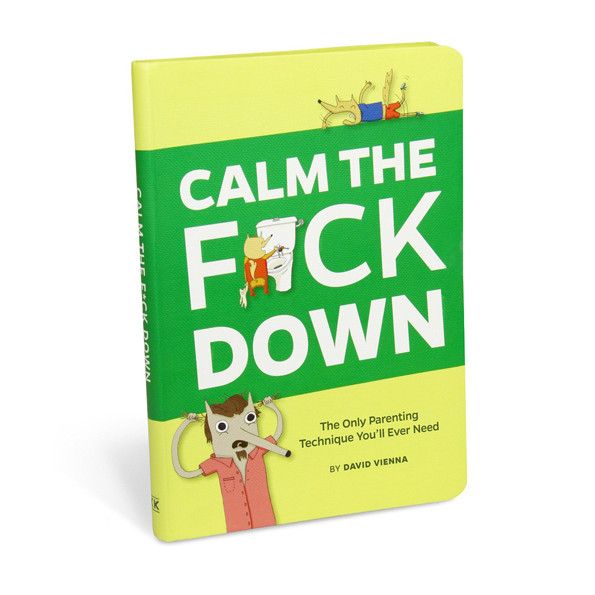 Then force the used air to be completely expelled from the lungs. Simultaneously develop receptivity: “What do you feel? Color, smell of grass or wet autumn leaves?
Then force the used air to be completely expelled from the lungs. Simultaneously develop receptivity: “What do you feel? Color, smell of grass or wet autumn leaves?
How to get rid of a child's cough with the help of breathing exercises
Children have a highly developed cough center, so they often suffer from coughing. To prevent this, it is necessary to strengthen the respiratory tract from early childhood and it is better to do it effortlessly!
You can blow on dandelions, blow feathers off your palm. A very useful toy for the development of the lungs is a whistle, especially since there are a great many varieties of whistles, so the child will not get bored. A very exciting game if you blow through a straw for a cocktail into a glass of water. The child blows, the water bubbles - fun and useful, not only for strengthening the respiratory tract, but also for the development of the speech apparatus. Older kids can blow up balloons. But remember that breathing exercises are very tiring and can cause dizziness, so you should not do them for more than 5 to 10 minutes.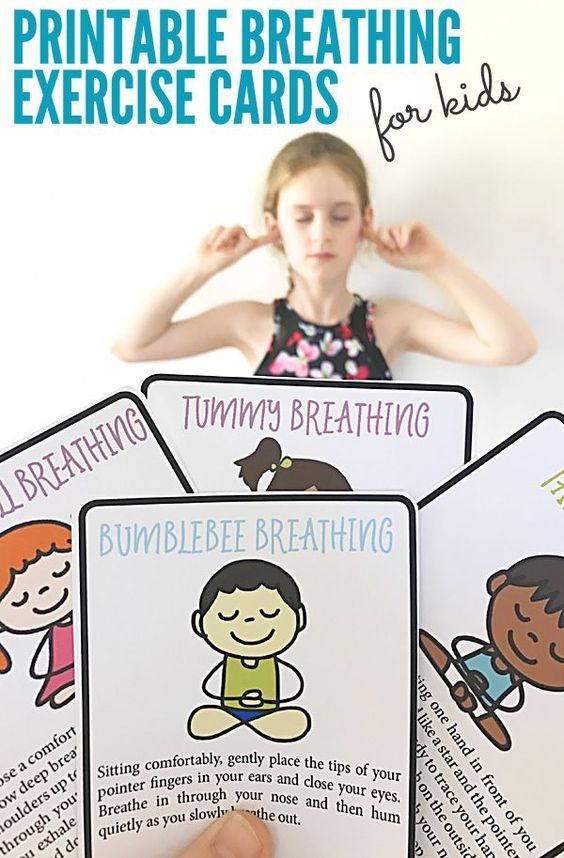
In order to help a child cope with a cough as soon as possible, I offer you a respiratory gymnastics game complex (for children from 2 years old). This complex develops the respiratory muscles, speech apparatus, coordination of movements, muscles of the arms and spine, promotes proper rhythmic breathing and pronunciation of sounds.
Best done before breakfast or after dinner.
So, ventilate the room and proceed.
Exercise 1. BUBBLES.
Have the child take a deep breath through the nose, puff up the “cheeks-bubbles” and exhale slowly through the slightly open mouth. Repeat 2-3 times.
Exercise 2. PUMP.
The kid puts his hands on his belt, crouches slightly - inhale, straightens up - exhale. Gradually, squats become lower, inhalation and exhalation are longer. Repeat 3-4 times.
Exercise 3. SPEAKER.
You ask questions, the kid answers.
How does the engine talk? Tu-tu-tu-tu.
How does the machine hum? Bi-bi.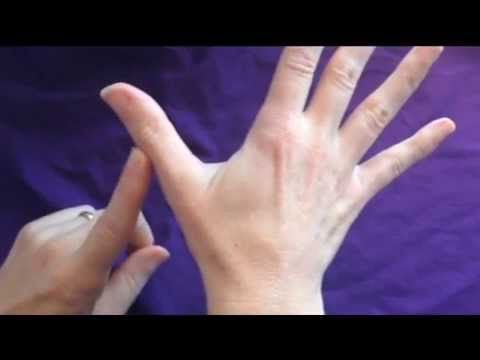 Bi-bi.
Bi-bi.
How does the dough "breathe"? Puff - puff - puff.
You can also sing vowel sounds: o-o-o-o-oo, oo-oo-oo-oo.
Exercise 4. PLANE.
Tell the poem, and let the baby perform the movements in the rhythm of the verse:
Airplane - airplane (the baby spreads his arms to the sides with his palms up, raises his head, inhale)
Goes flying (holds his breath) )
Zhu-zhu-zhu (exhale, says w-zh-zh)
I’ll stand and rest (gets up straight, lowering my hands)
I’ll fly to the left (raises my head, inhale)
Zhu-zhu-zhu (makes a turn to the left)
Zhu-zhu-zhu (exhale, w-w-w)
I will stand and rest (gets up straight and lowers his hands).
Repeat 2-3 times
Exercise 5. MOUSE AND BEAR.
You are reading a poem, the child is performing movements.
The bear has a huge house (straighten up, stand on tiptoes, raise your arms up, stretch, look at your hands, inhale)
The mouse has a very small one (sit down, clasp your knees with your hands, lower your head, exhale with the sound shhhh)
The mouse goes to visit the bear (to look like socks)
He won't get to her.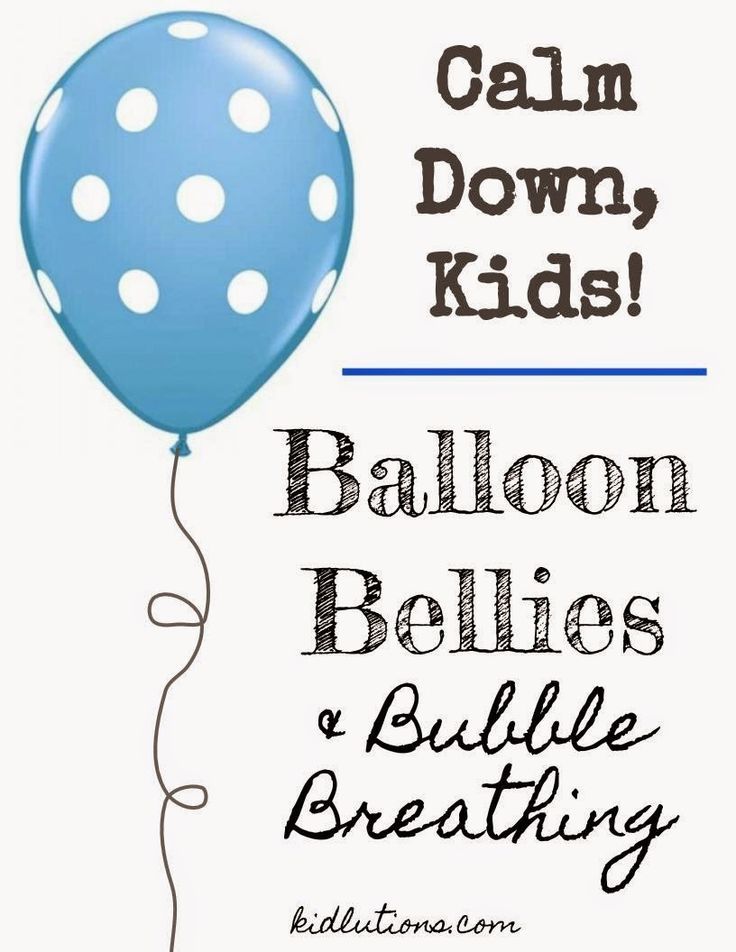
Repeat 3-4 times.
Exercise 6. BREEZE.
I'm a strong wind, I'm flying,
I'm flying where I want (arms down, legs slightly apart, inhale through the nose)
I want to whistle to the left (turn my head to the left, lips with a tube and blow) head to the right, lips in a tube, exhale)
I can go up (head straight, inhale through the nose, exhale through the lips with a tube, inhale)
And into the clouds (lower the head, touch the chest with the chin, calm exhalation through the mouth)
In the meantime, I'm dispersing the clouds (circular movements with my hands).
Repeat 3-4 times.
Exercise 7. HEN.
Do it with your baby. Stand up, bend over, hang your “wings” arms freely and lower your head. We say: “So-so-so” and at the same time pat on the knees. Exhalation. Straighten up, raise your hands up - inhale. Repeat 5 times.
Exercise 8. BEE.
Show your child how to sit up straight with arms crossed and head down.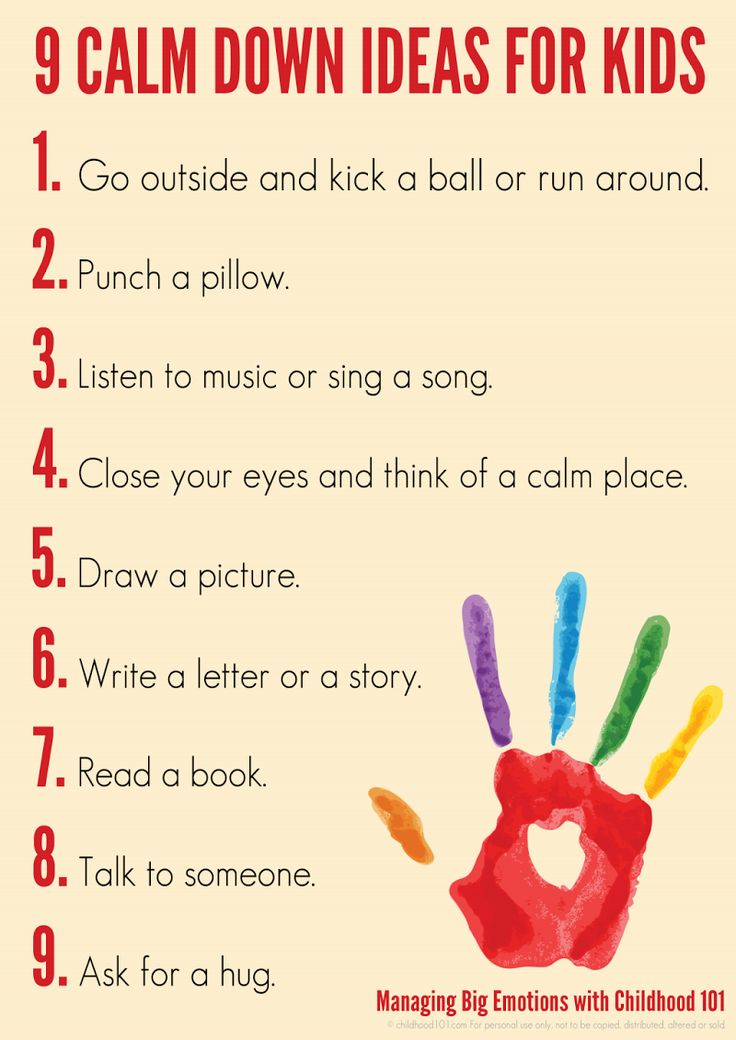
The bee said: “Zhu-zhu-zhu” (compress the chest and say on exhalation: zh-zh-zh, then on the inhale we spread our arms to the sides, straighten our shoulders and say ...)
I will fly and buzz, I will bring honey to the children (gets up and, spreading his arms to the sides, makes a circle around the room, returns to his place).
Repeat 5 times. Make sure that the breath is through the nose, and the breath is deep.
Exercise 9. MOWING THE GRASS.
Invite the child to “mow the grass”: feet shoulder-width apart, arms down. You read a rhyme, and the child, saying “zu-zu”, waves his hands to the left - exhale, to the right - inhale.
Zu-zu, zu-zu,
We are mowing the grass.
Zu-zu, zu-zu,
And I'll wave to the left.
Zu-zu, zu-zu,
Together quickly, very quickly
We will mow all the grass.
Zu-zu, zu-zu.
Let the child shake with relaxed hands, repeat from the beginning 3-4 times.
I give an example of some more exercises, you can always complete and alternate them in your own way.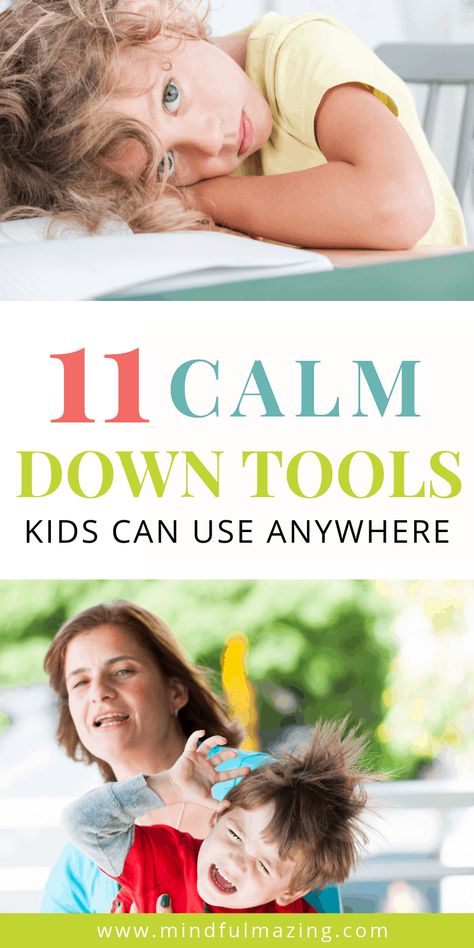
Watch.
Stand up straight, legs apart, hands down. Swinging straight arms back and forth, say “tick-tock”. Repeat 10-12 times.
Trumpeter.
Sit down, hands folded into a tube, raised almost up. Slowly exhaling, loudly pronounce "pff". Repeat 4-5 times.
Rooster.
Stand up straight, legs apart, hands down. Raise your arms to the sides and then slap them on your thighs. Exhaling, say "ku-ka-re-ku." Repeat 5-6 times.
The porridge is boiling.
Sit down, one hand on the stomach, the other on the chest. When retracting the abdomen, inhale, when protruding, exhale. Exhaling, loudly pronounce "f-f-f-f-f". Repeat 3-4 times.
Train.
Walk around the room, making alternating swings with arms bent at the elbows and saying “choo-choo-choo”. Repeat for 20–30 s.
On the horizontal bar.
Stand up straight, legs together, hold the gymnastic stick with both hands in front of you.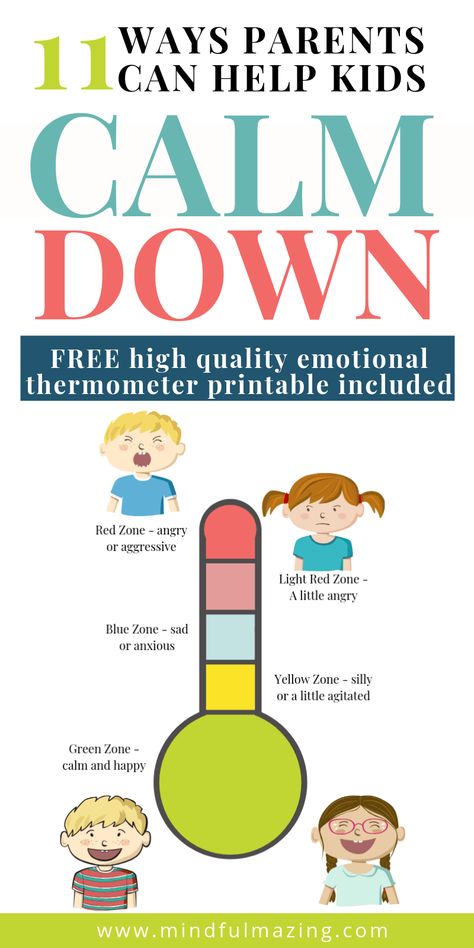 Raise the stick up, rise on your toes - inhale, lower the stick back behind your head - a long exhale. Exhaling, say "f-f-f-f-f". Repeat 3-4 times.
Raise the stick up, rise on your toes - inhale, lower the stick back behind your head - a long exhale. Exhaling, say "f-f-f-f-f". Repeat 3-4 times.
March forward!
Stand up straight, gymnastic stick in hand. Walk with your knees high. Inhale for 2 steps, exhale for 6-8 steps. Exhaling, say “ti-sh-sh-she”. Repeat for 1.5 min.
Balls are flying.
Stand up straight, hands with the ball in front of the chest. Throw the ball forward from the chest. Exhaling, pronounce "u-uh-uh-uh-uh." Repeat 5-6 times.
Pump.
Stand straight, feet together, arms down. Inhale, then tilt the torso to the side - exhale, hands slide along the torso, while pronouncing "s-s-s-s-s." Make 6-8 tilts in each direction.
Regulator.
Stand up straight, feet shoulder-width apart, one arm raised up, the other laid aside. Inhale through the nose, then change the position of the hands and, during an extended exhalation, say “rrrr”.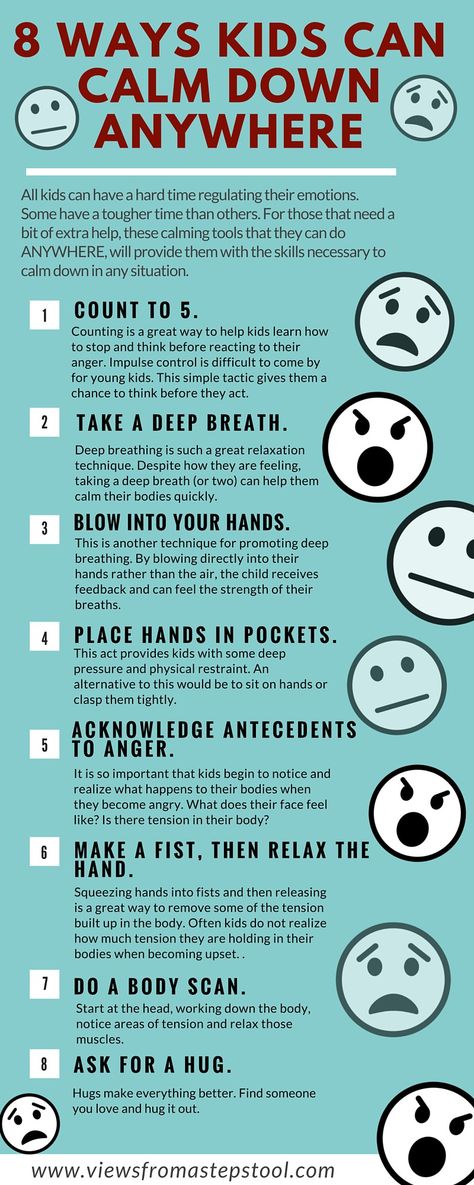 Repeat 5-6 times.
Repeat 5-6 times.
Grow big.
Stand straight, feet together, hands up. Stretch well, rise on your toes - inhale, lower your hands down, lower yourself on your entire foot - exhale. Exhaling, pronounce "u-uh-uh-uh-uh." Repeat 4-5 times.
Skier.
Simulation of skiing for 1.5-2 minutes. As you exhale, say "mmmmmm".
Pendulum.
Stand up straight, feet shoulder-width apart, hold the stick behind your head closer to your shoulders. Tilt your body to the side. When tilting - exhale, say "t-u-u-u-x-x." Make 3-4 tilts in each direction.
Geese are flying.
Slow walking for 1-3 minutes. Raise your arms to the sides - inhale, lower them down - exhale, say "g-u-u-u".
Semaphore.
Standing or sitting, back straight. Raise your arms to the sides - inhale, slowly lower down - a long exhale, pronounce "s-s-s-s-s". Repeat 3-4 times.
Preschoolers can do these exercises in the morning and in the middle of the day.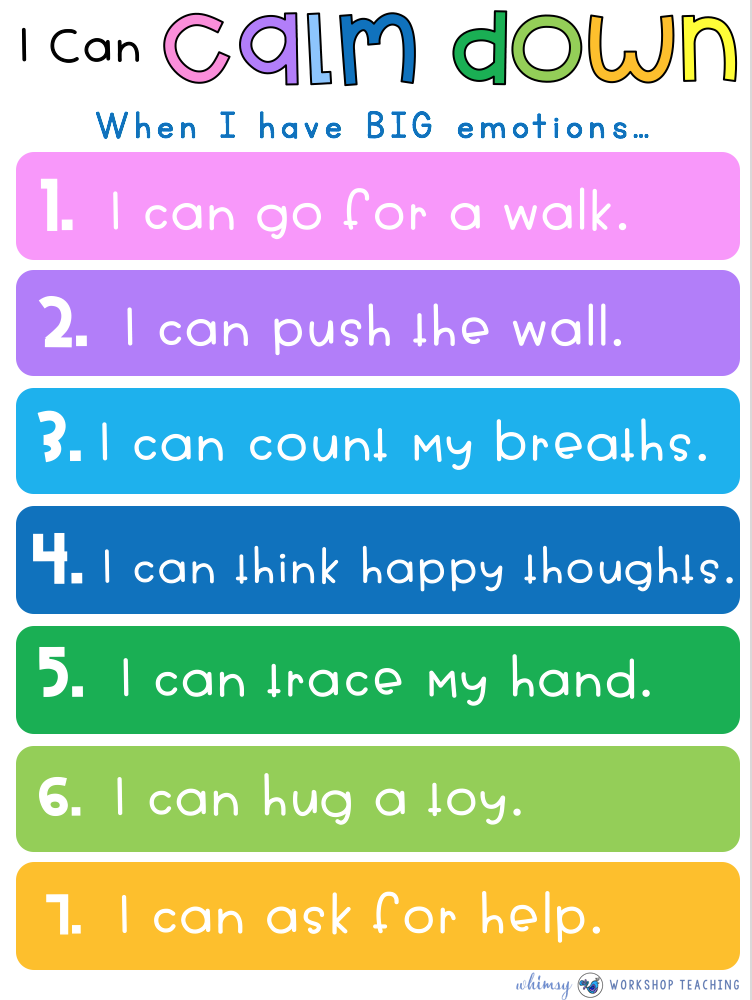 In the summer, it is better to be outdoors during a walk.
In the summer, it is better to be outdoors during a walk.
The course of exercise therapy should last 3-4 months. The given set of exercises is prescribed for preschool children with frequent acute respiratory viral infections, with chronic rhinitis, sinusitis, laryngotracheitis. Therapeutic gymnastics not only contributes to the rapid recovery of the child from illnesses, but also prevents the occurrence of repeated SARS and exacerbations of chronic diseases of the upper respiratory tract.
Complexes must be performed twice a day, not earlier than 1 hour after meals and 1-1.5 hours before bedtime. The total duration of the lesson is 10-15 minutes.
Before the start of the lesson, it is necessary to ventilate the room and do a wet cleaning. Classes are held in an open window.
Walking around the room combined with hand movements. When inhaling - arms to the sides, while exhaling - hands at the seams. Breathing through the nose. The mouth is closed. Walking can turn into a slow run.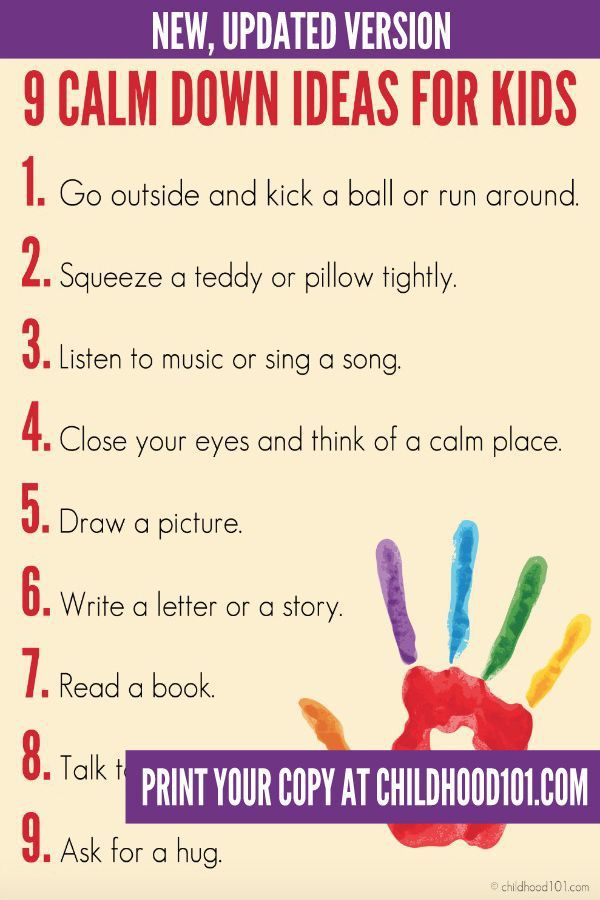 When running for 3 counts - inhale, for 3 counts - exhale.
When running for 3 counts - inhale, for 3 counts - exhale.
1. "Forward tilt". IP - standing; feet shoulder width apart. Raise your arms up (inhale through your nose), perform a low torso forward bend (exhale through your mouth). Repeat 6-8 times.
2. "Grow big". IP - standing; legs together. Raise your hands up, stretch well, rise on your toes (inhale through your nose). Lower your hands down, lower yourself on the entire foot (exhale through your mouth). Repeat 5-6 times.
3. "Let's reach the heels." IP - Sitting on a bench. The back is straight, legs together, hands on the belt. Straighten your legs, with the palms of your outstretched hands, reach the back of your feet (inhale through your nose). Return to IP (exhale). Repeat 5-6 times.
4. "Signalman". IP - sitting on a chair, leaning back on its back. Raise your arms to the sides - up, crossing them above your head, as if giving a signal with flags (inhale through the nose). Return to IP (exhale). Repeat 6-8 times.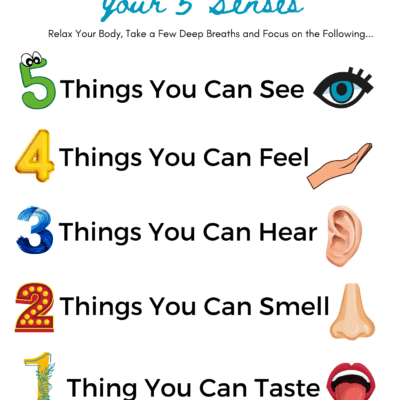
5. "Spring". IP - lying on your back; legs straight, arms along the body. Raise your legs and bend them at the knees, press them to your chest (exhale). Return to IP (inhale). Repeat 6-8 times.
6. "Seal". IP - lying on the stomach; arms extended along the body. Put your hands on your belt, lift your upper chest, shoulders and head, stretch (inhale). Return to IP (exhale). Repeat 6-8 times.
7. "Straight back". IP - sitting on a chair; arms along the body. Take a deep breath with a full chest, straightening your back. Lower the shoulder blades and shoulders down (smooth exhalation through the nose). Repeat 6-8 times.
8. Clean nose. MP - sitting on a chair. Breathing through the nose, first with one nostril, then the other, then both at the same time. The mouth is closed.
Walking around the room, accompanied by clapping: in front, above the head and behind the back. The mouth is tightly closed. Breathing is arbitrary, through the nose.
Breathing exercises will strengthen the baby's immunity.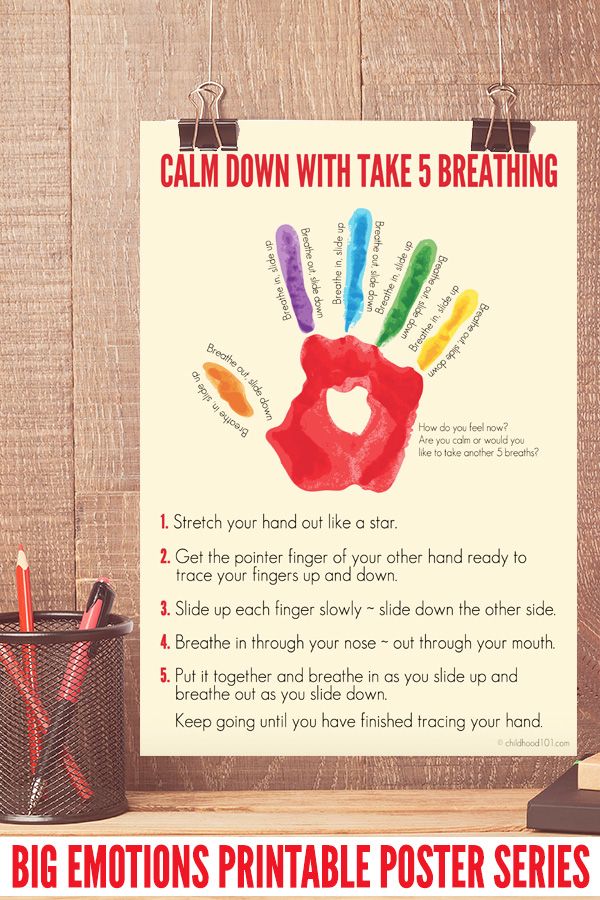
Protecting a child from colds is not an easy task. Microbes and viruses now and then overcome the little man and undermine the still fragile immunity. What to do? Run to the doctor and give the baby pills to drink or resort to grandmother's recipes? Neither one nor the other is needed if you do breathing exercises with your baby. We all know that breathing is life.
The validity of this statement is unlikely to raise objections from anyone. Indeed, if the body can do without solid food for several months, without water - for several days, then without air - only a few minutes.
Since breathing is a priority, it is natural that many people master this process perfectly. This ability, given at birth and developed throughout life, helps to work wonders with your body, including getting rid of diseases, which Indian yogis have long proven.
It is known that when a person breathes through the mouth, the mucous membrane of the oral cavity quickly dries up, thirst appears.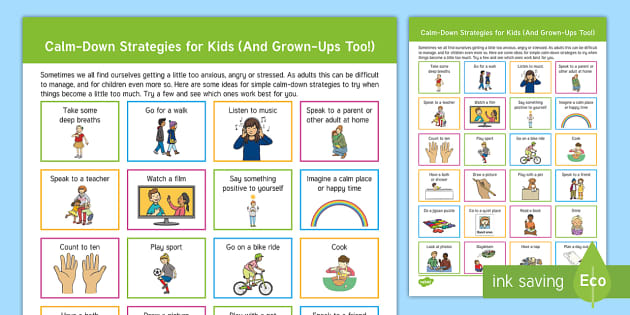 In addition, infections are easier to get into the respiratory tract - the larynx, trachea and bronchi.
In addition, infections are easier to get into the respiratory tract - the larynx, trachea and bronchi.
In order not to get sick, you need to learn how to breathe correctly. There are many varieties of breathing exercises, including exercises adapted for children. The following fun tips will teach you and your little one respiratory self-defense.
1. Big and small
Standing straight, while inhaling, the child stands on tiptoe, stretches his arms up, showing how big he is. Fix this position for a few seconds. On exhalation, the child should lower his hands down, then sit down, clasping his knees with his hands and at the same time saying "wow", hide his head behind his knees - showing how small he is.
2. Steam locomotive
Walk around the room, imitating the movement of the wheels of a steam locomotive with bent arms, pronouncing "choo-choo" while changing the speed of movement, volume and frequency of pronunciation. Repeat with your child five or six times.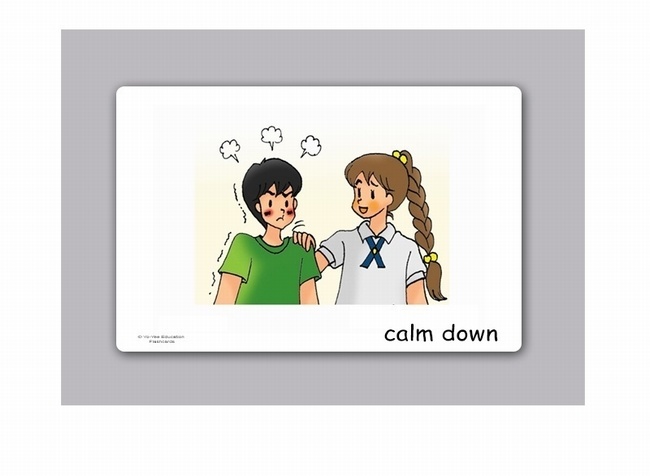
3. Geese are flying
Walk slowly and smoothly around the room, flapping your arms like wings. Raise your hands while inhaling, lower them while exhaling, pronouncing "g-u-u". Repeat with your child eight to ten times.
4. Stork
Standing straight, spread your arms to the sides, and one leg, bending at the knee, move forward. Hold the position for a few seconds. Keep your balance. As you exhale, lower your leg and arms, softly pronouncing "shhhhh." Repeat with your child six to seven times.
5. Woodcutter
Stand up straight with your feet slightly wider than your shoulders. While inhaling, fold your hands with an ax and lift them up. Sharply, as if under the weight of an ax, lower your outstretched arms as you exhale, tilt your body, allowing your hands to “cut through” the space between your legs. Say bang. Repeat with your child six to eight times.
6. Windmill
Stand with feet together, hands up.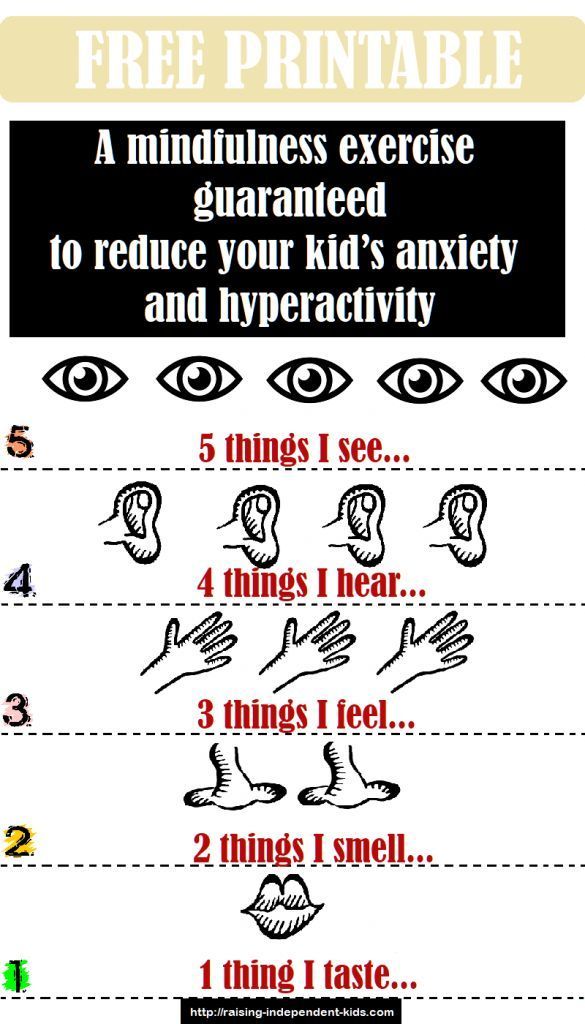 Slowly rotate with straight arms, exhaling "zhrr". As the movements speed up, the sounds become louder. Repeat with your child seven to eight times.
Slowly rotate with straight arms, exhaling "zhrr". As the movements speed up, the sounds become louder. Repeat with your child seven to eight times.
7. Skater
Stand with your feet shoulder-width apart, hands behind your back, torso tilted forward. Imitating the movements of a skater, bend your left leg, then your right leg, pronouncing "rrrr". Repeat with your child five or six times.
8. Angry Hedgehog
Stand with your feet shoulder-width apart. Imagine how a hedgehog curls up into a ball during danger. Bend as low as possible without lifting your heels off the floor, clasp your chest with your hands, lower your head, exhaling "pff" - the sound made by an angry hedgehog, then "frr" - and this is already a happy hedgehog. Repeat with your child three to five times.
9. Frog
Place your feet together. Imagine how the frog jumps quickly and sharply, and repeat its jumps: crouching slightly, inhaling, jump forward.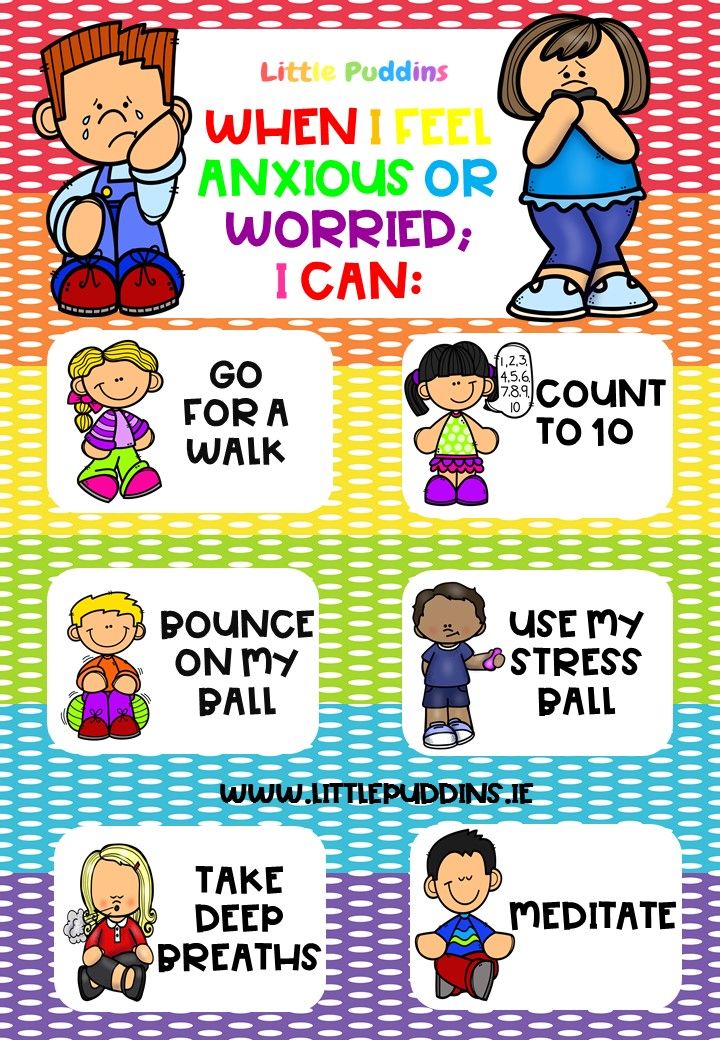

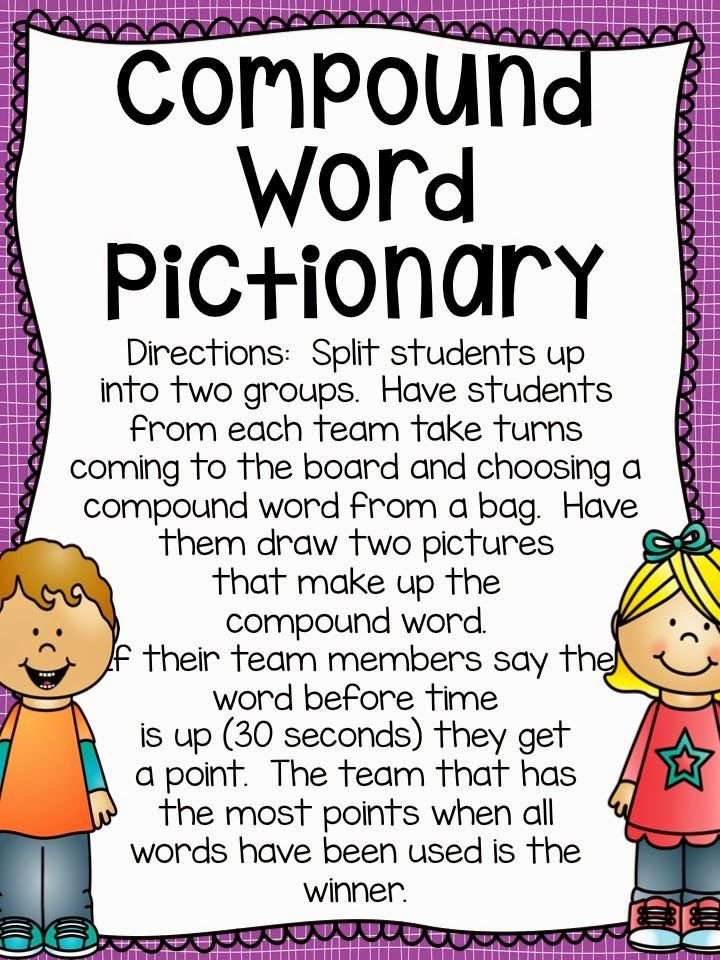
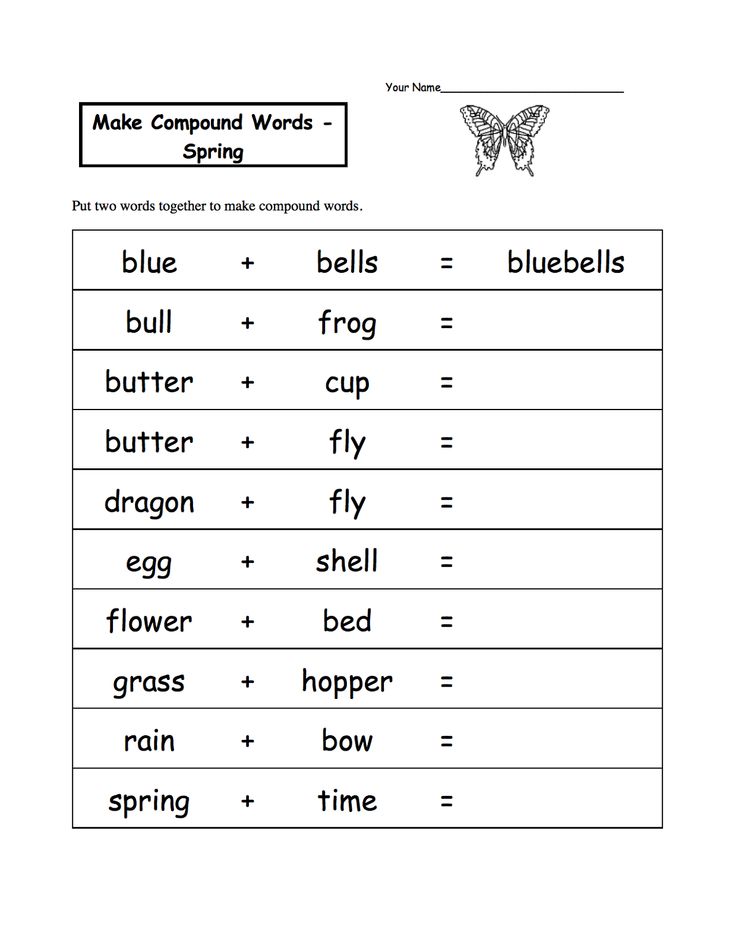
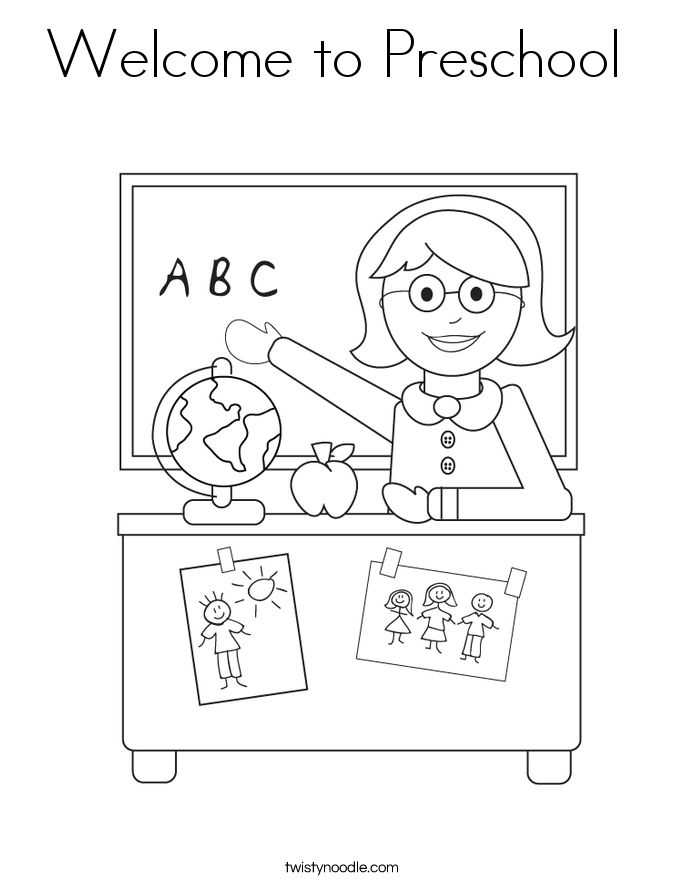
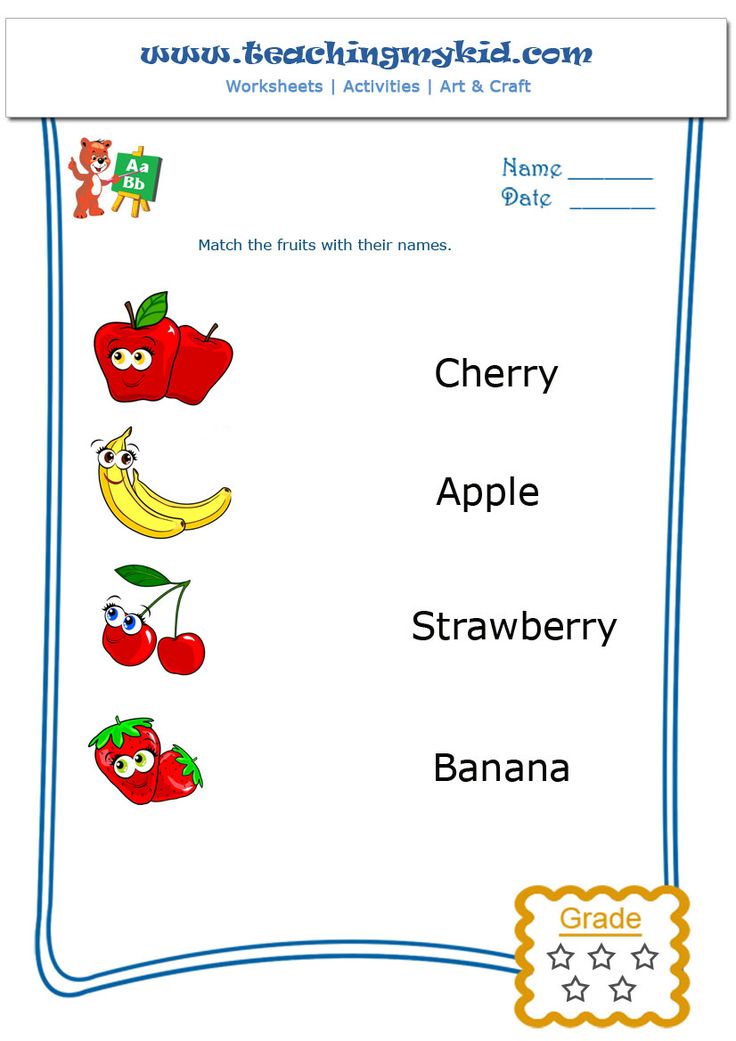
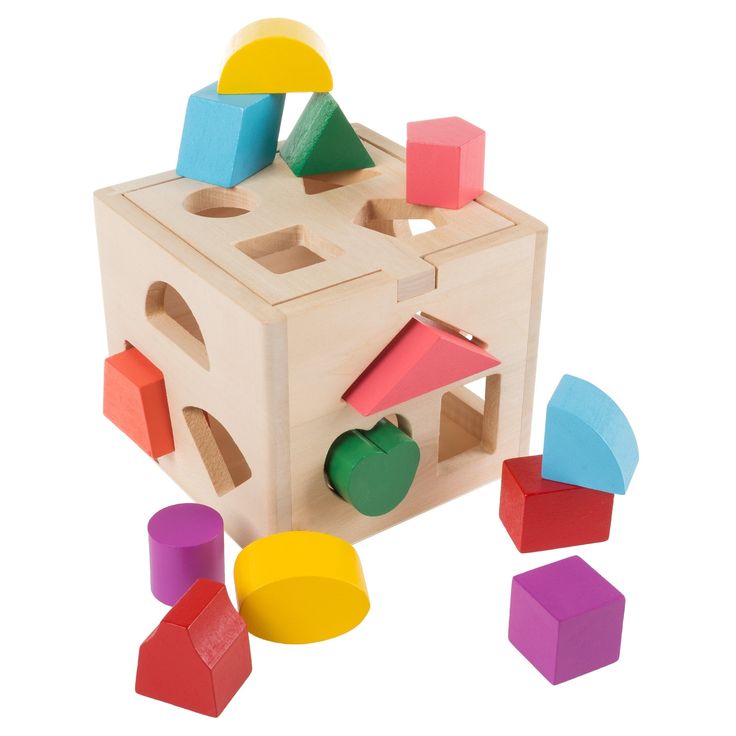
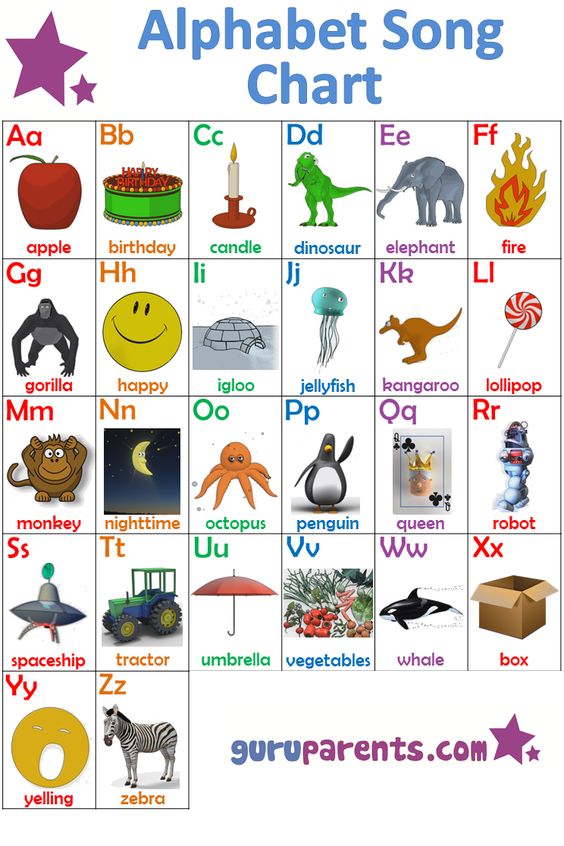
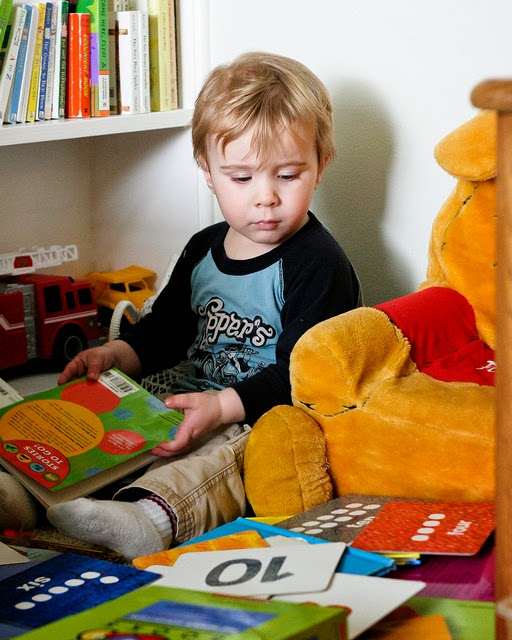.jpg)
